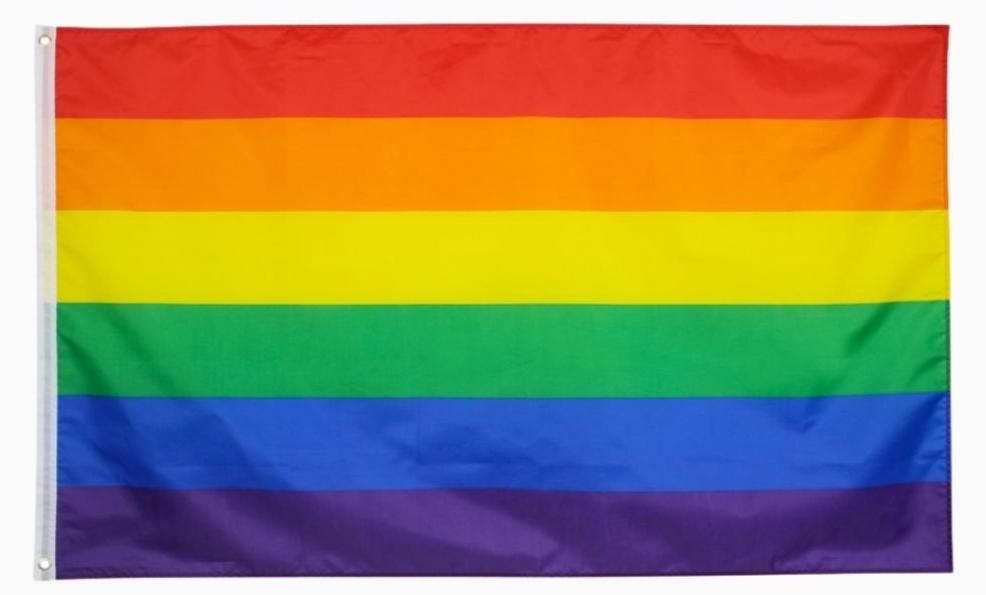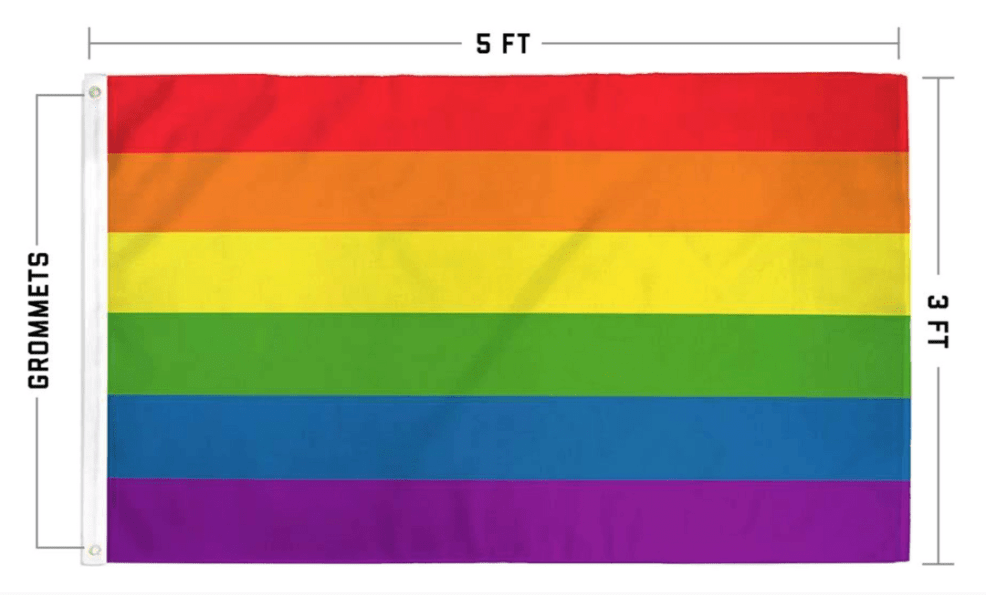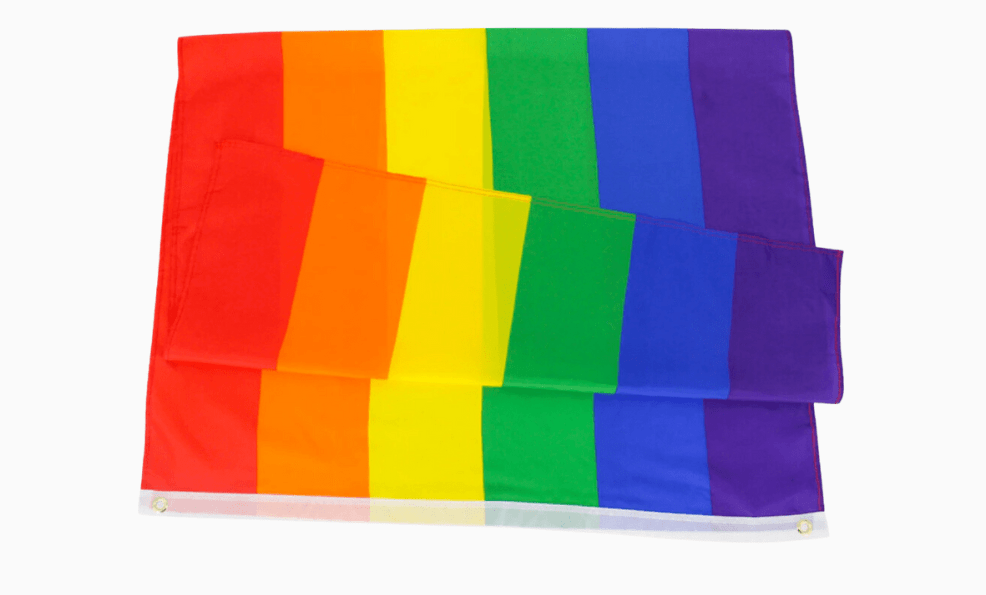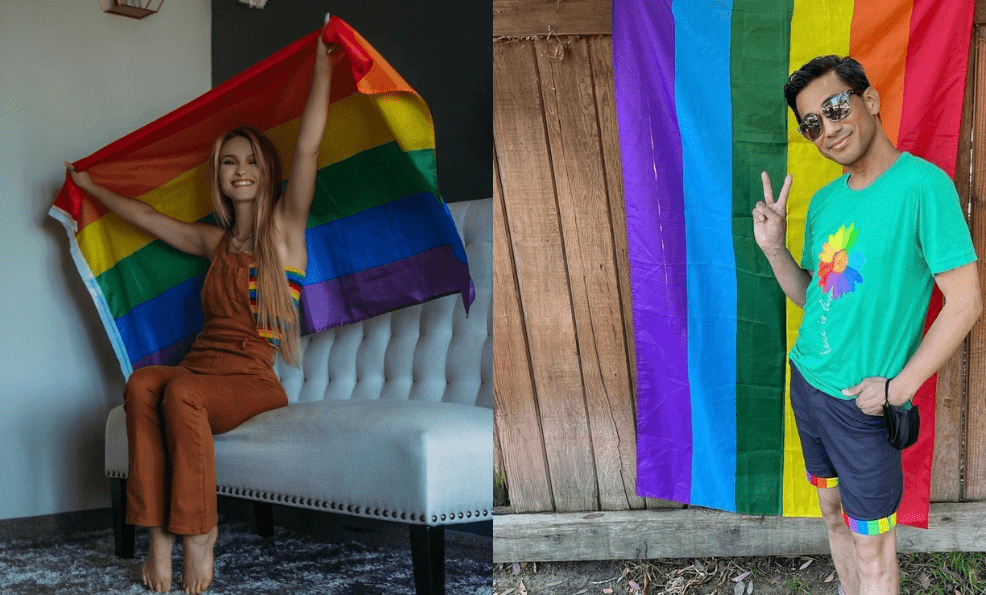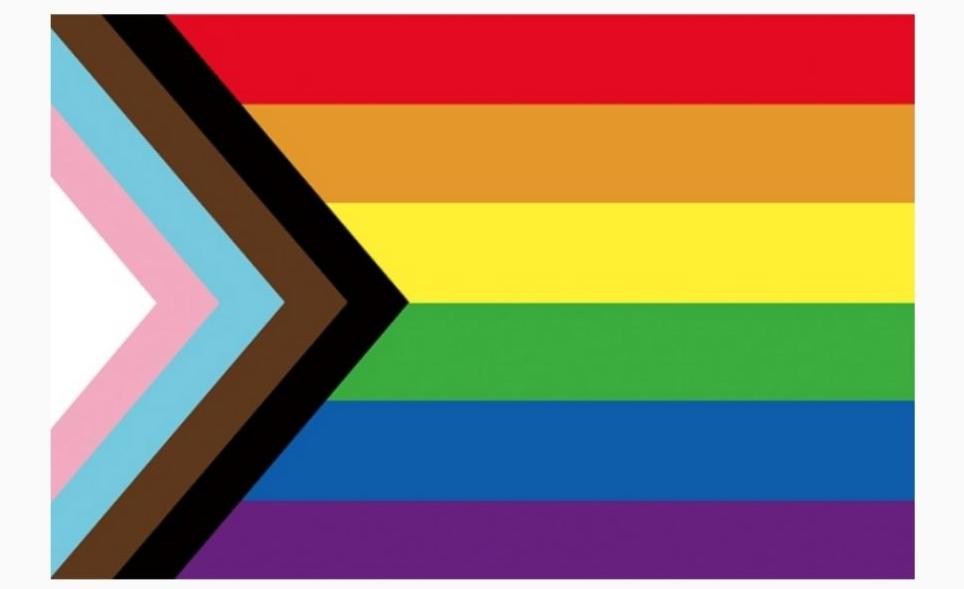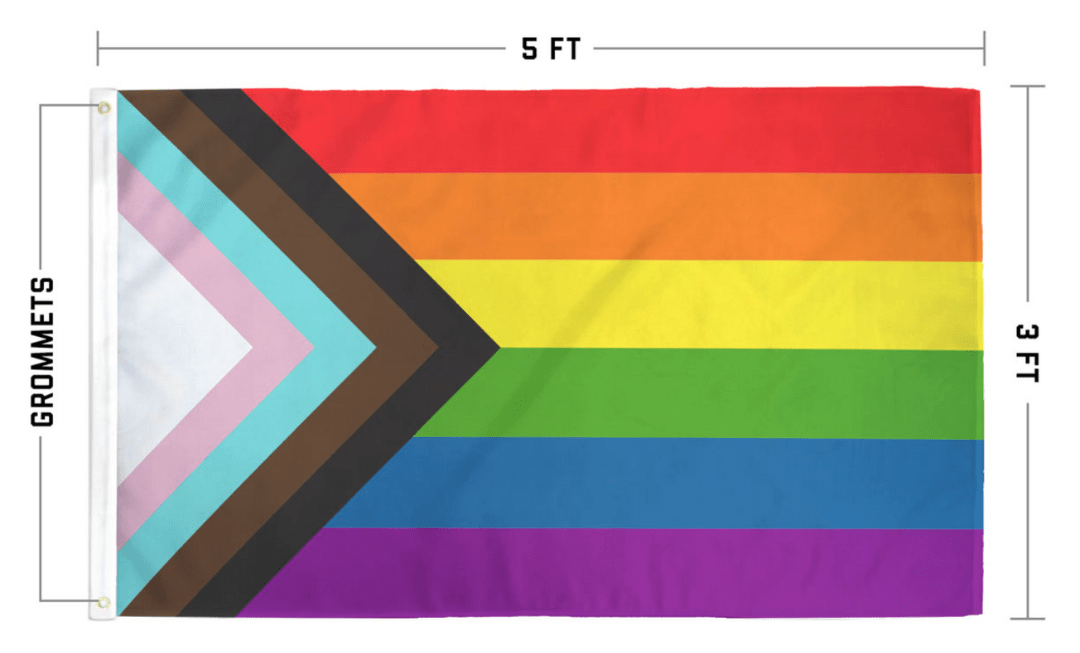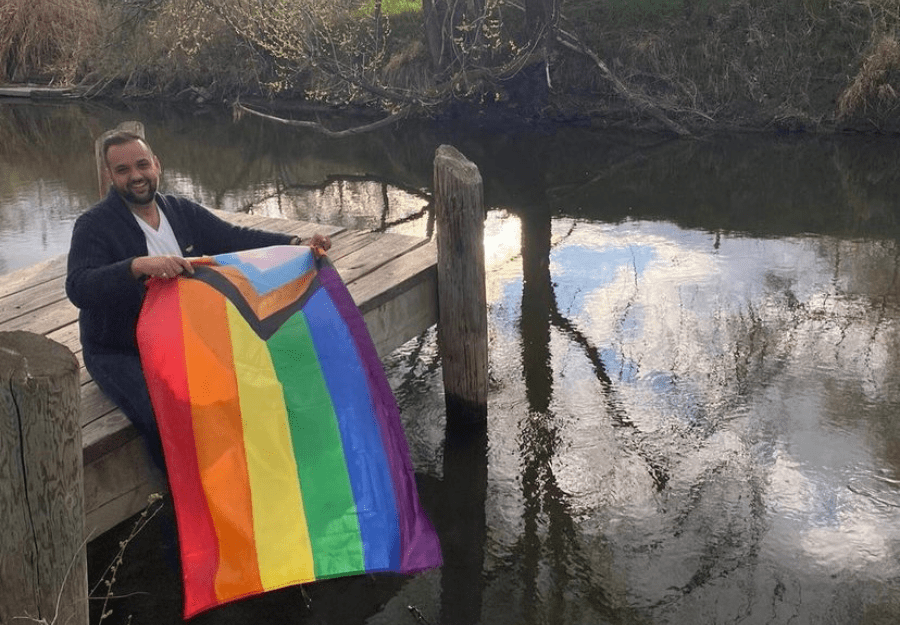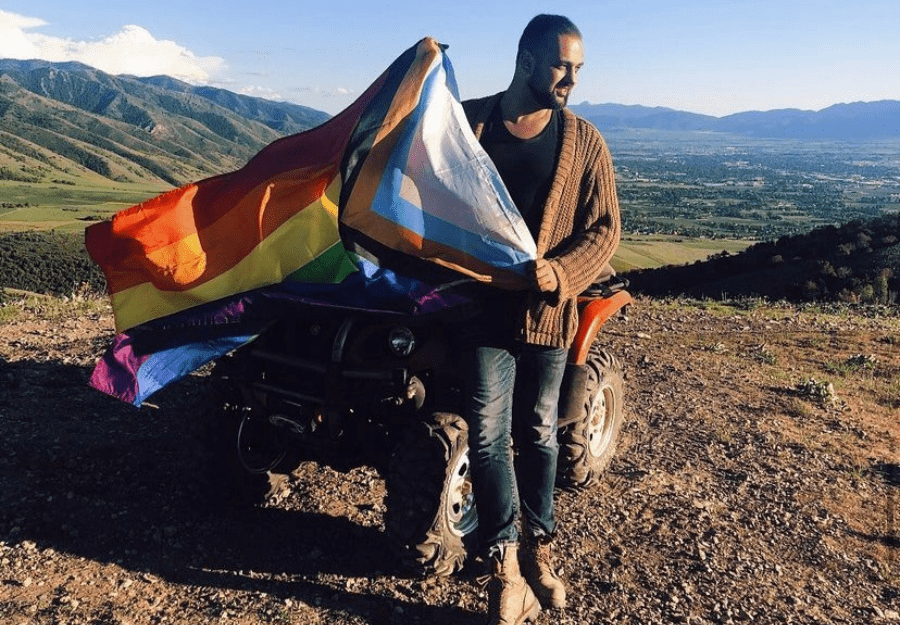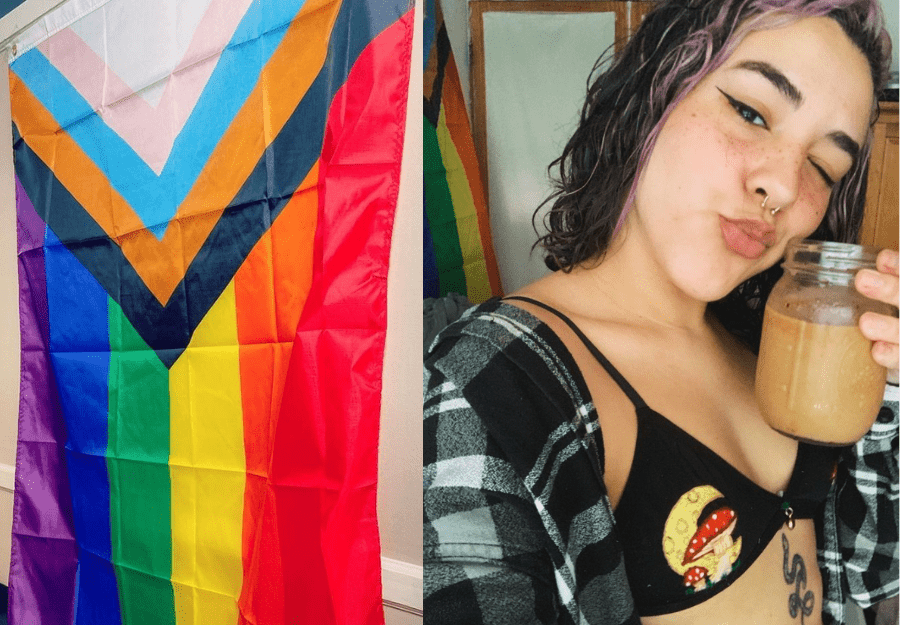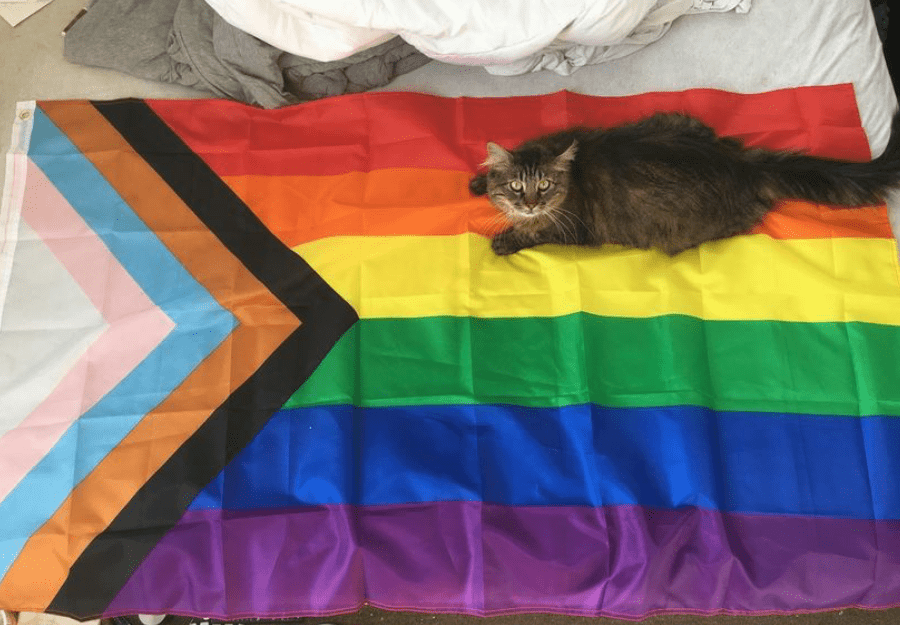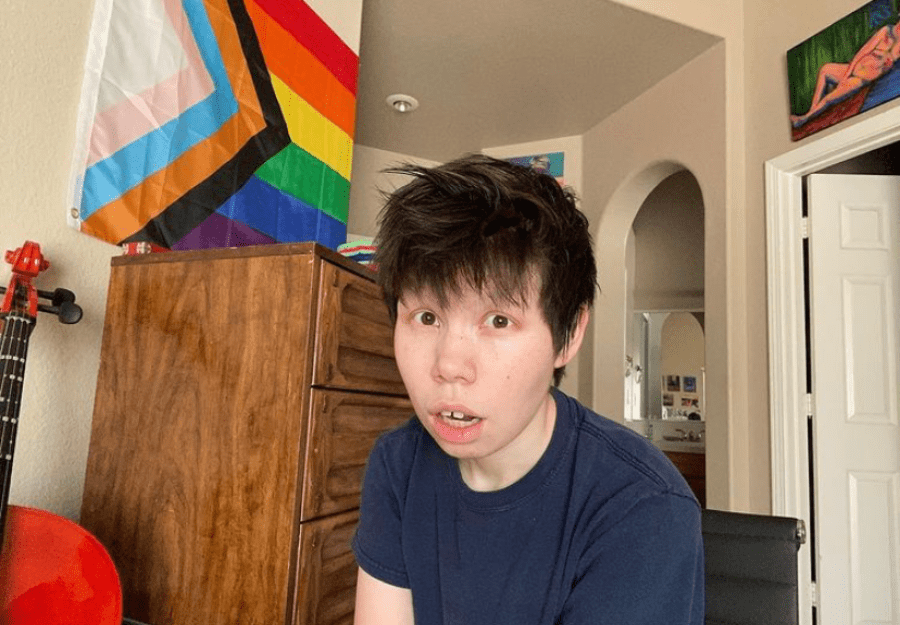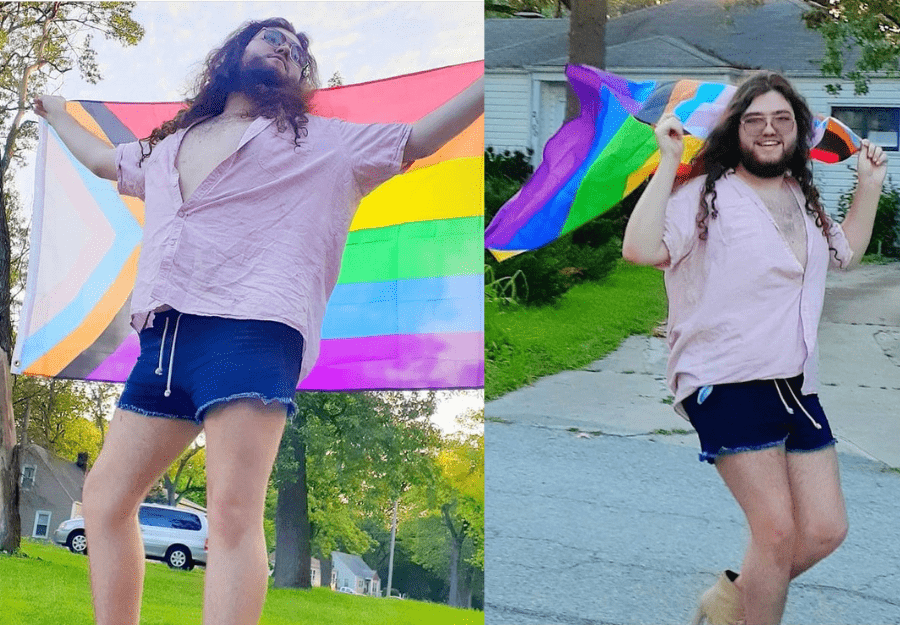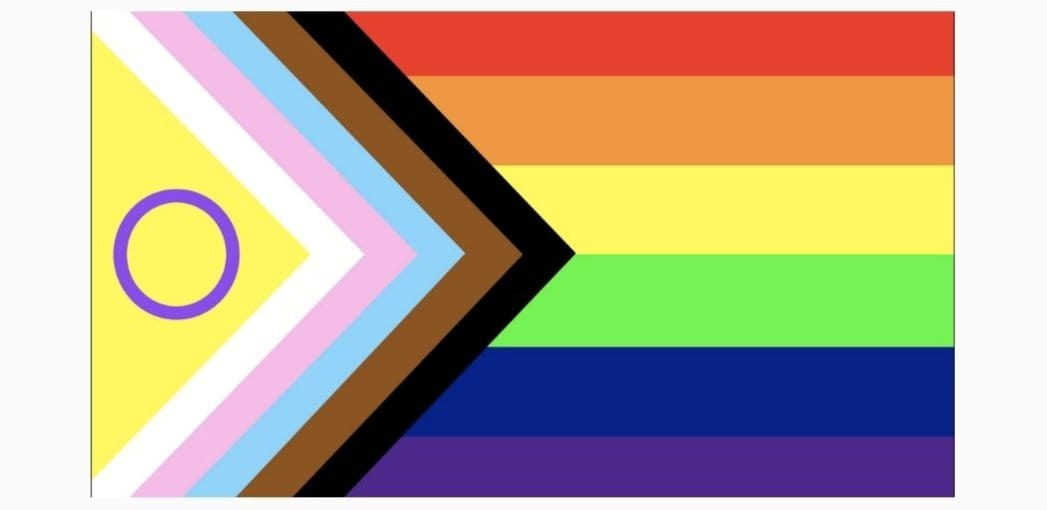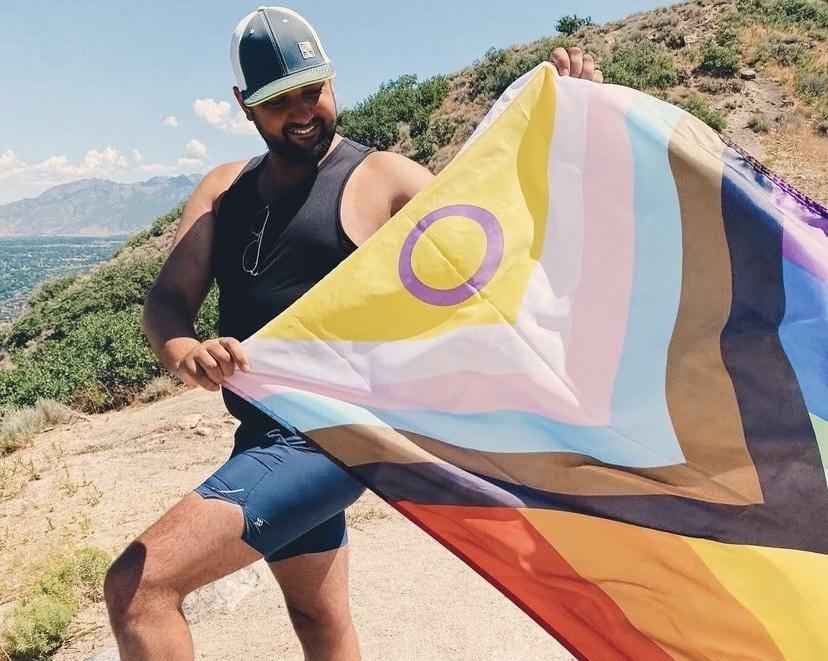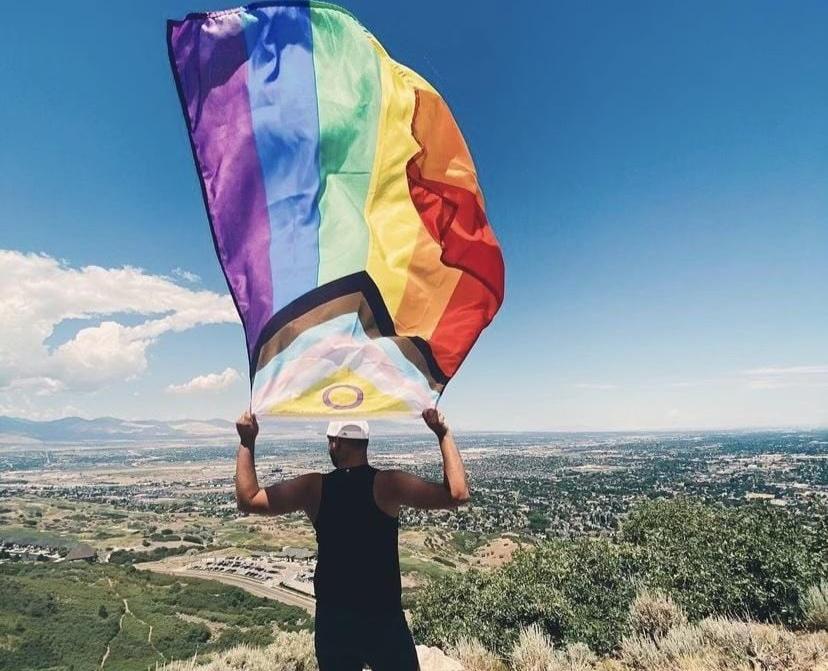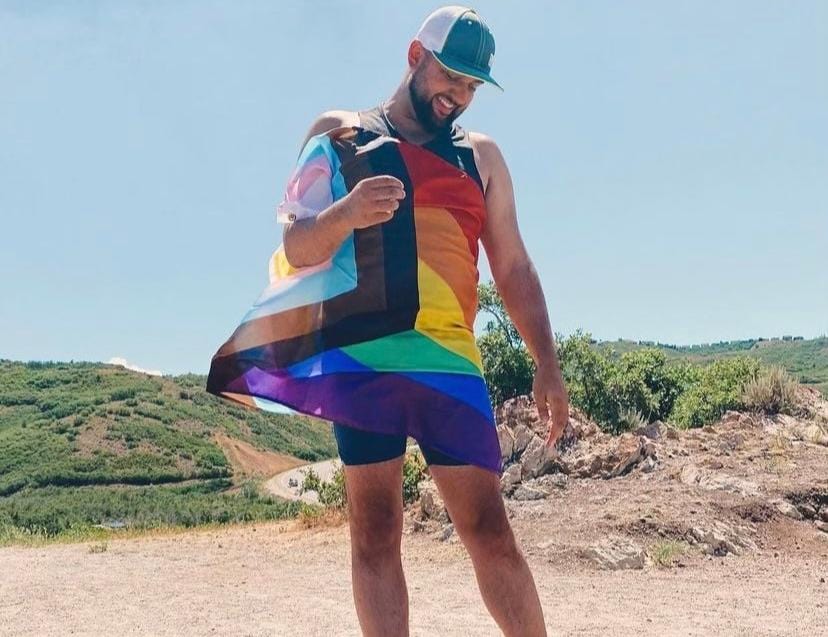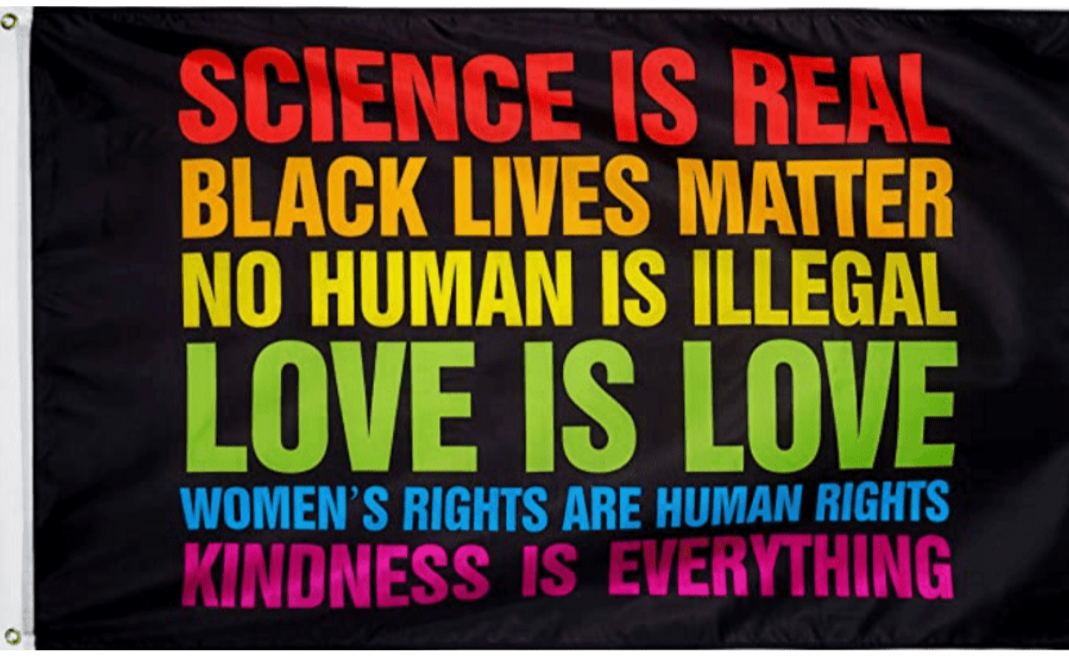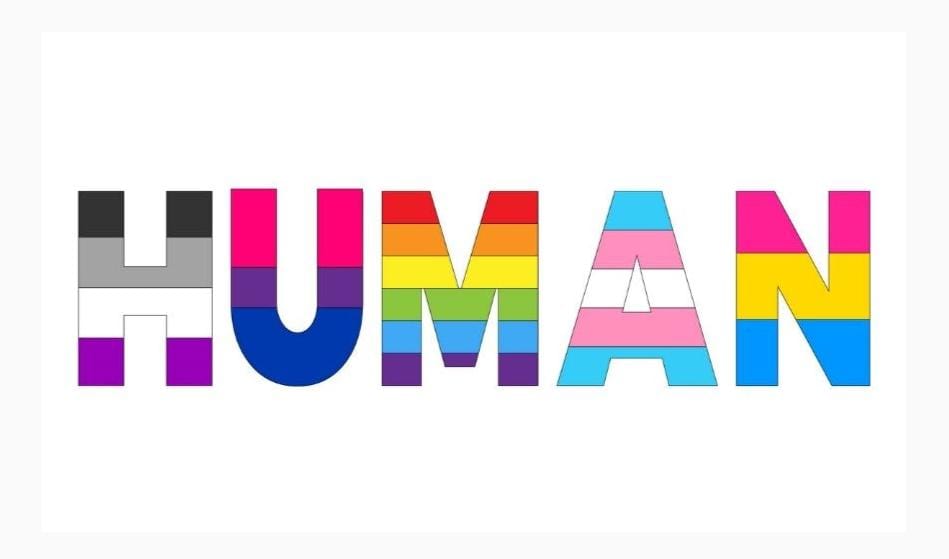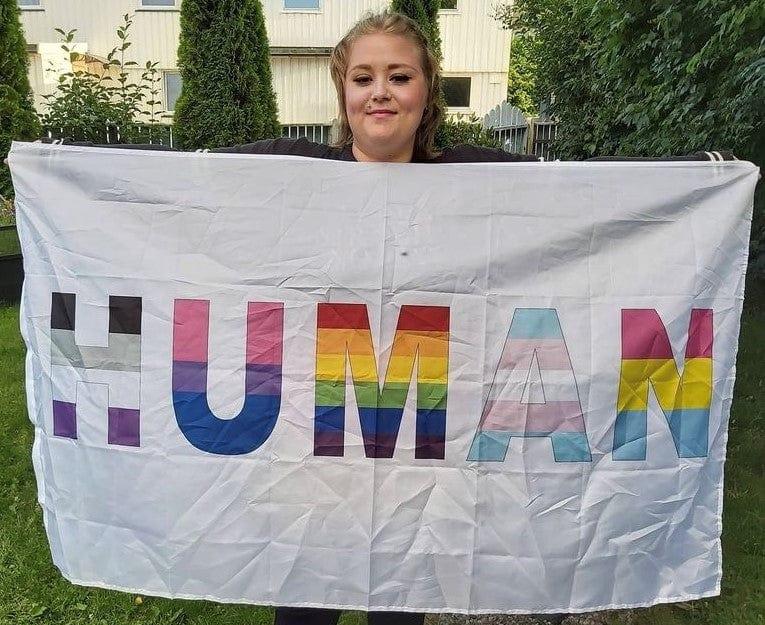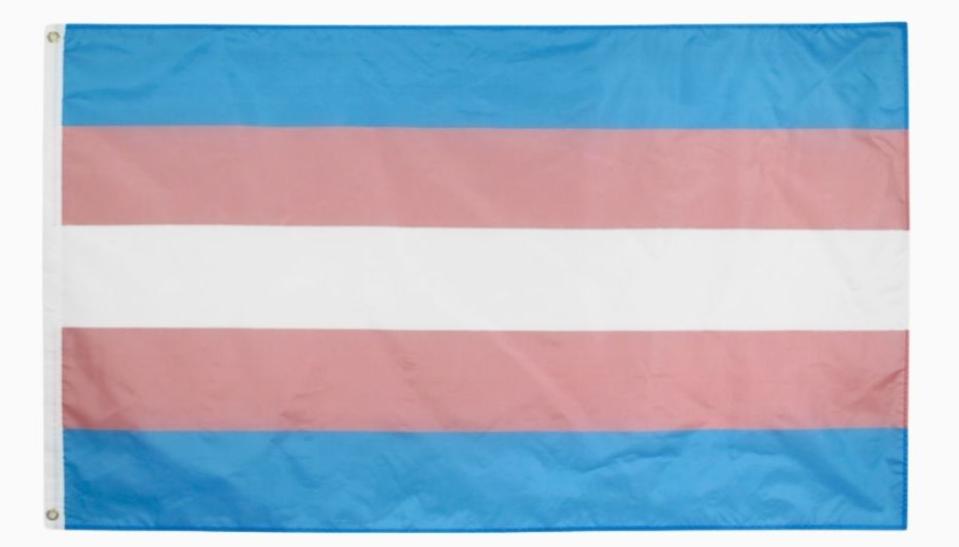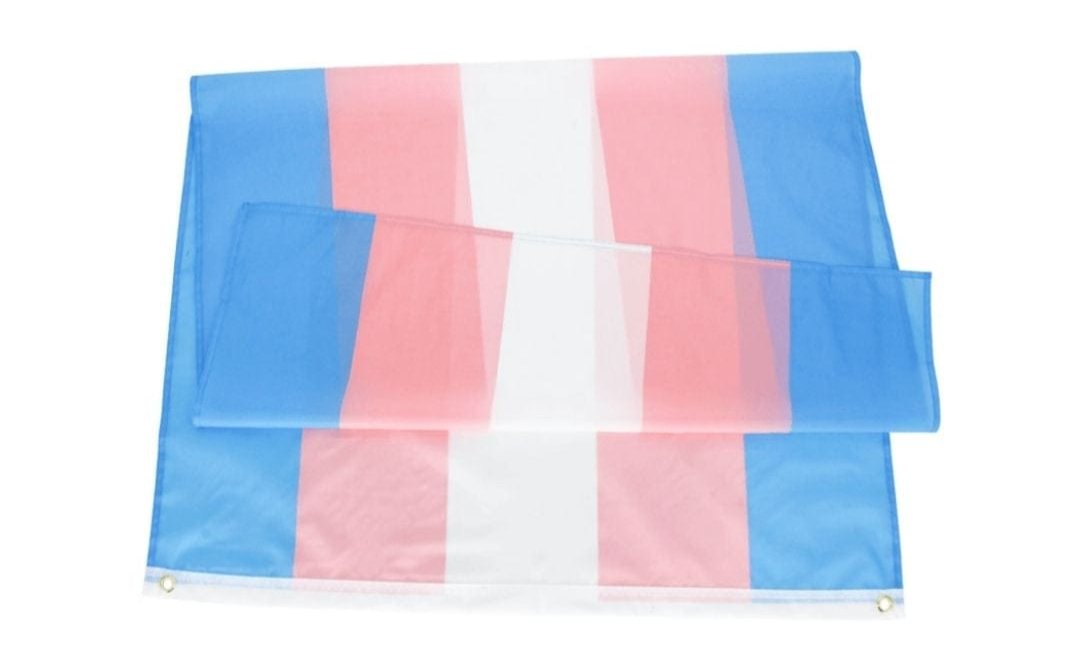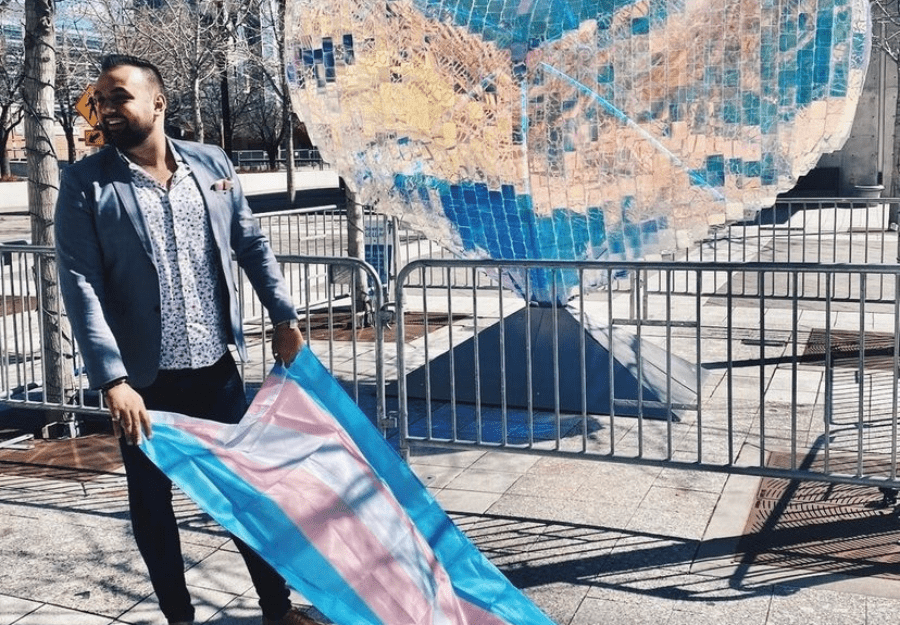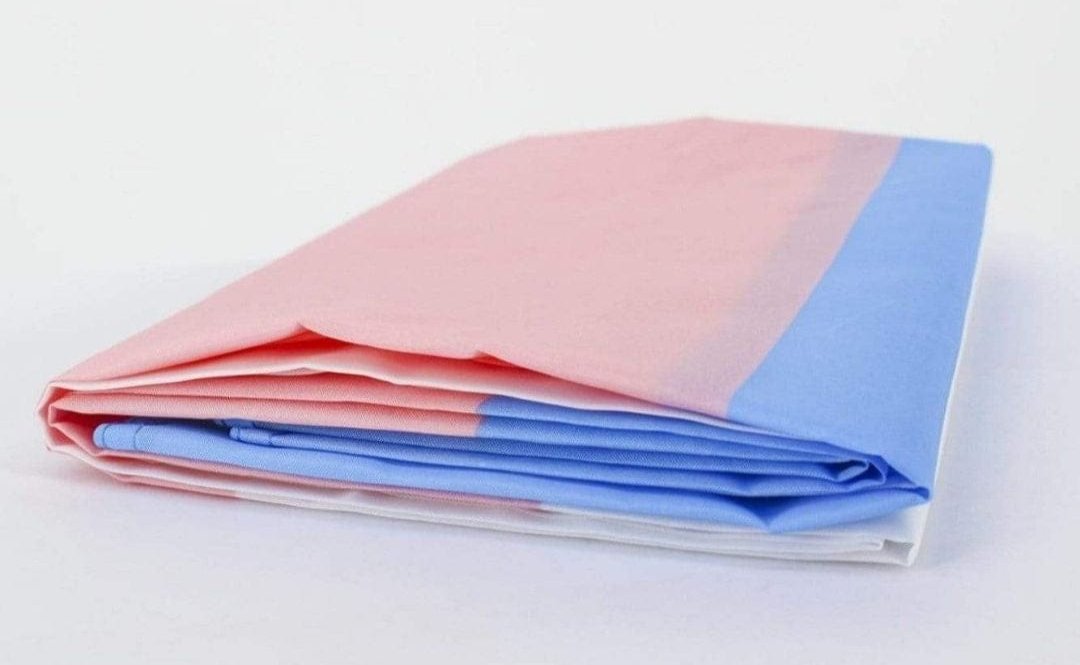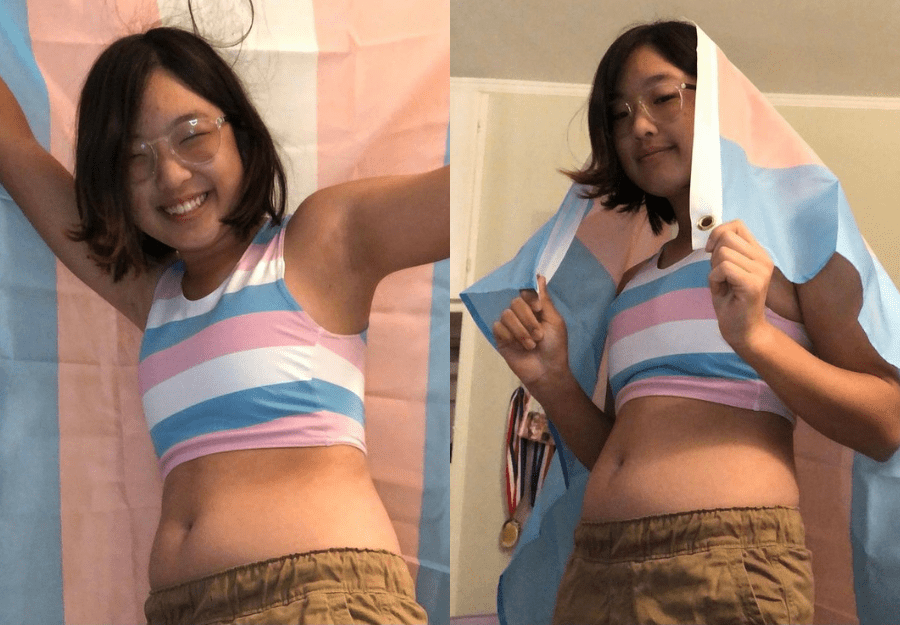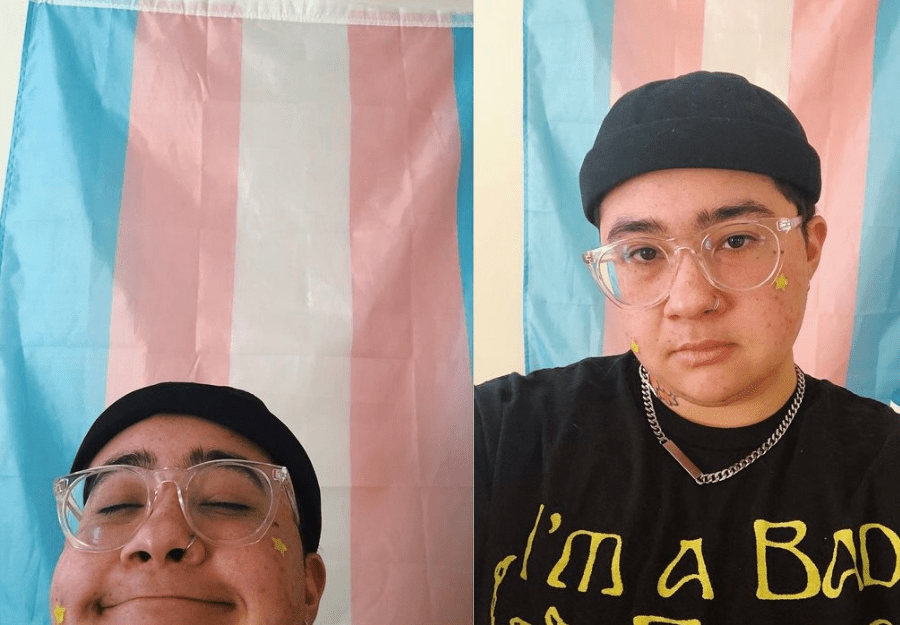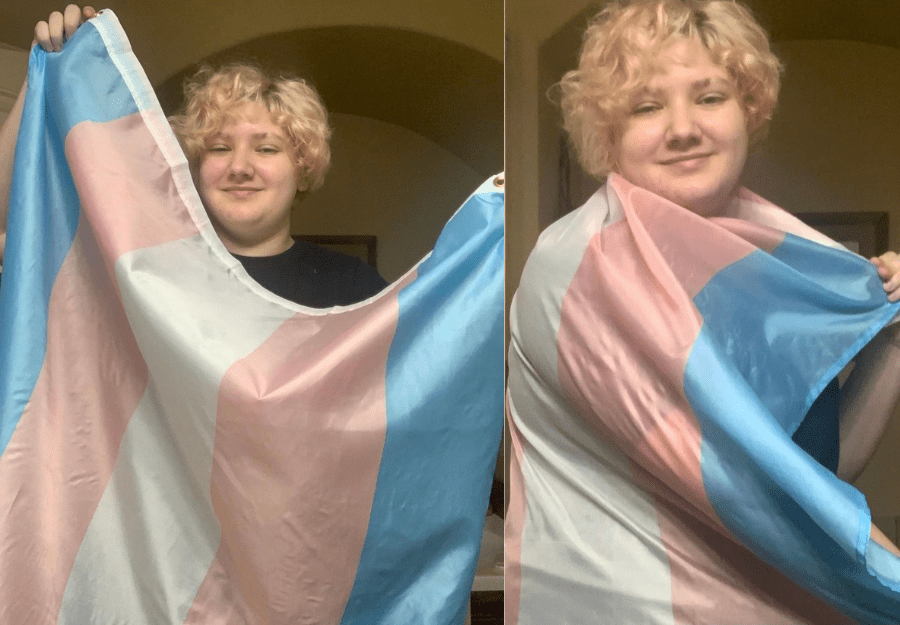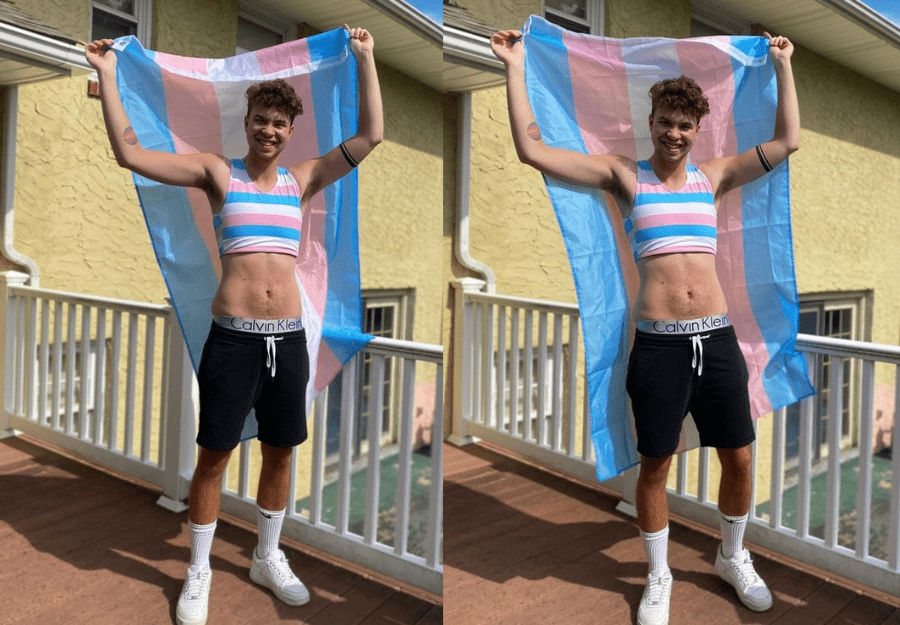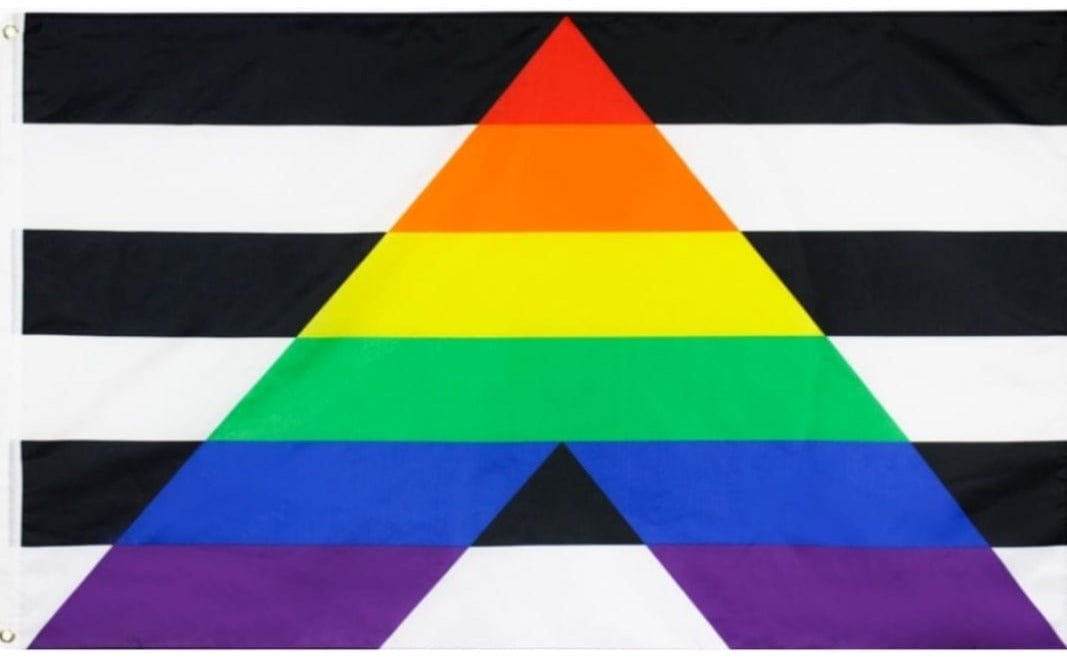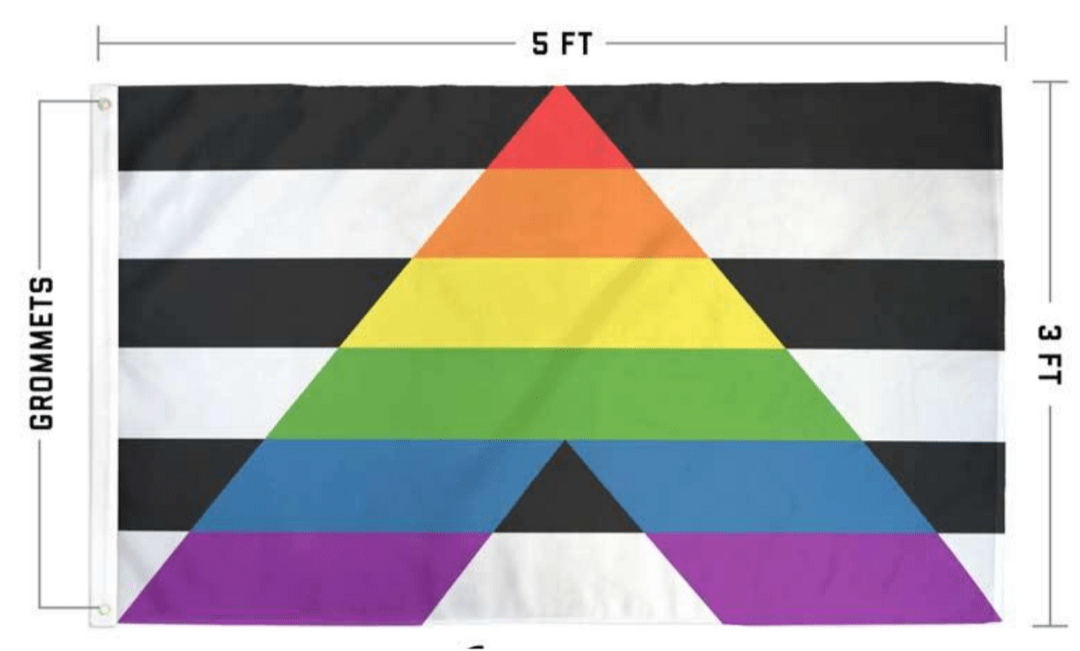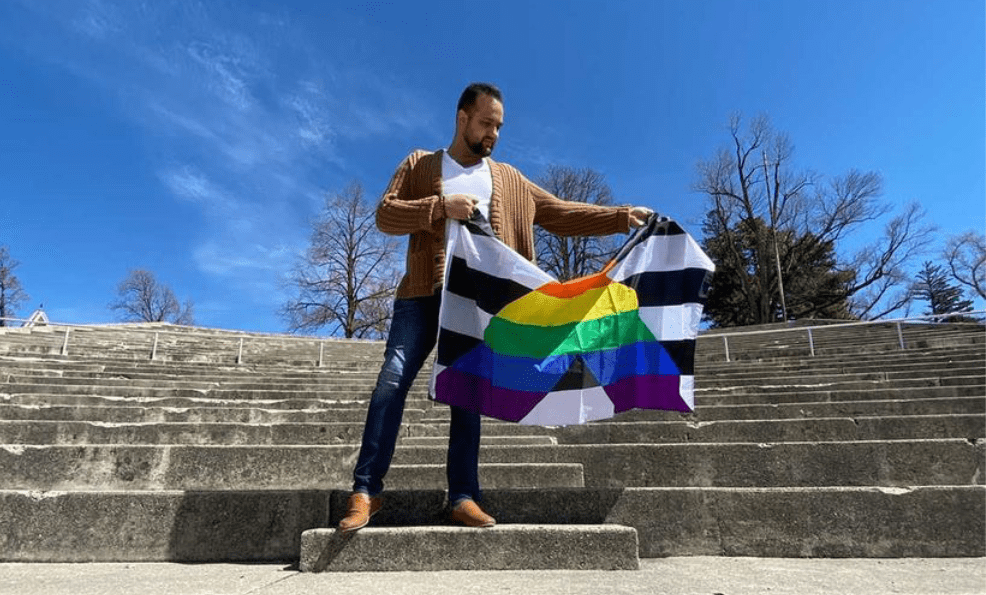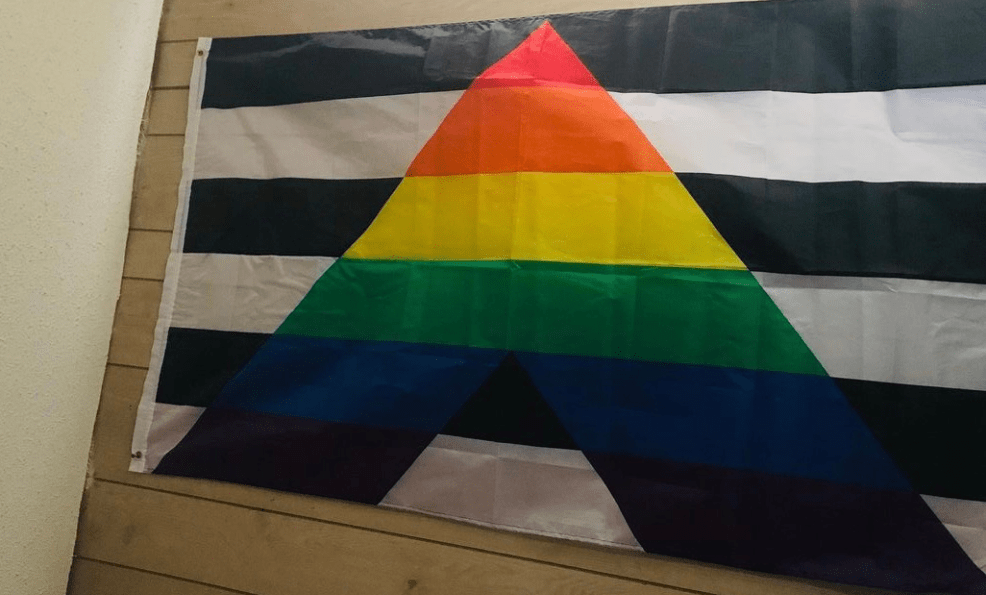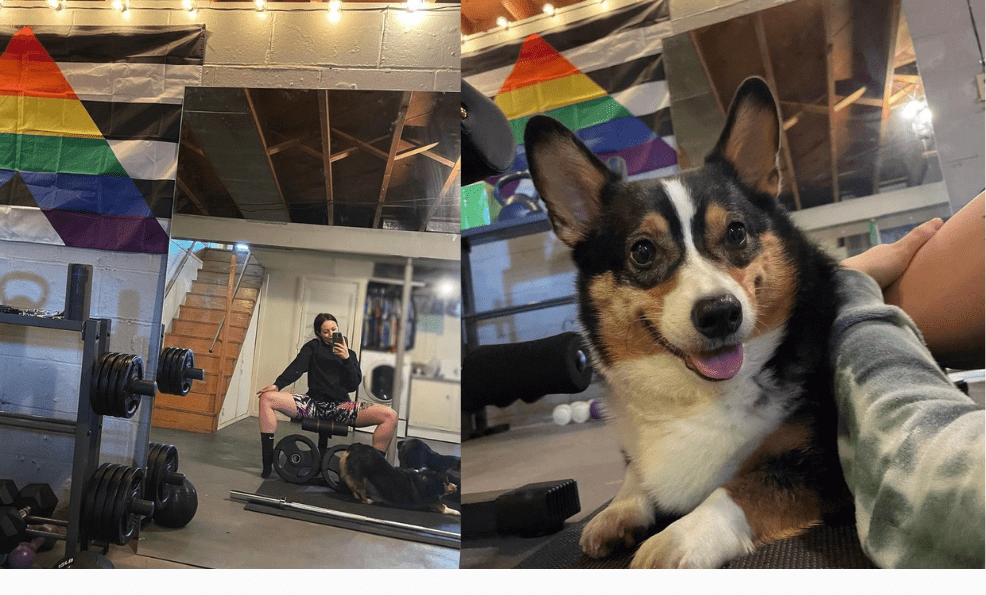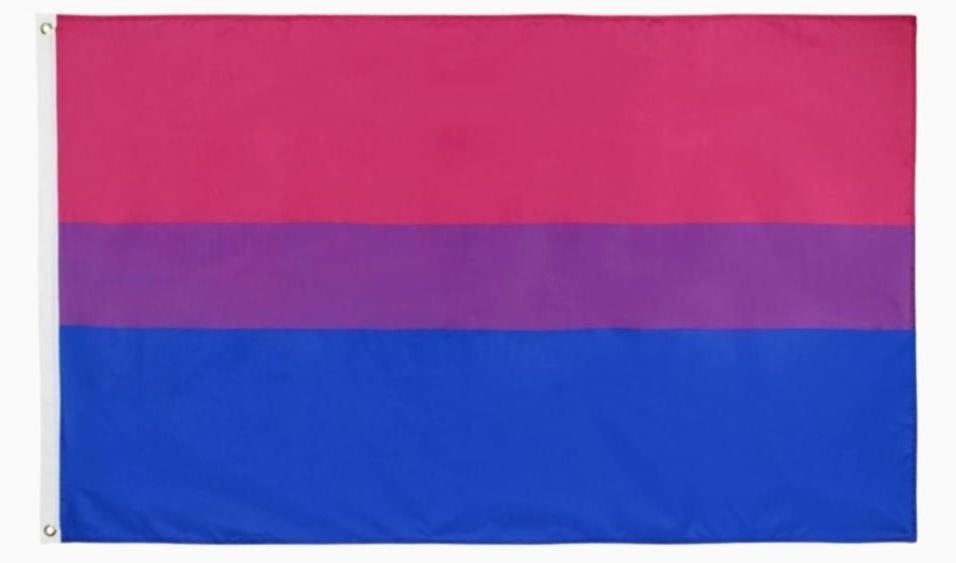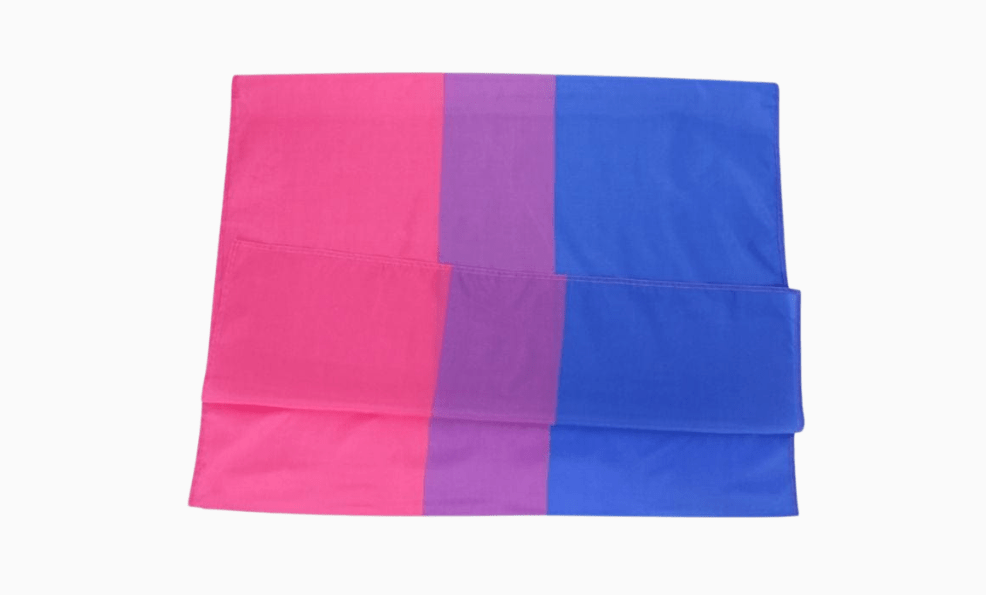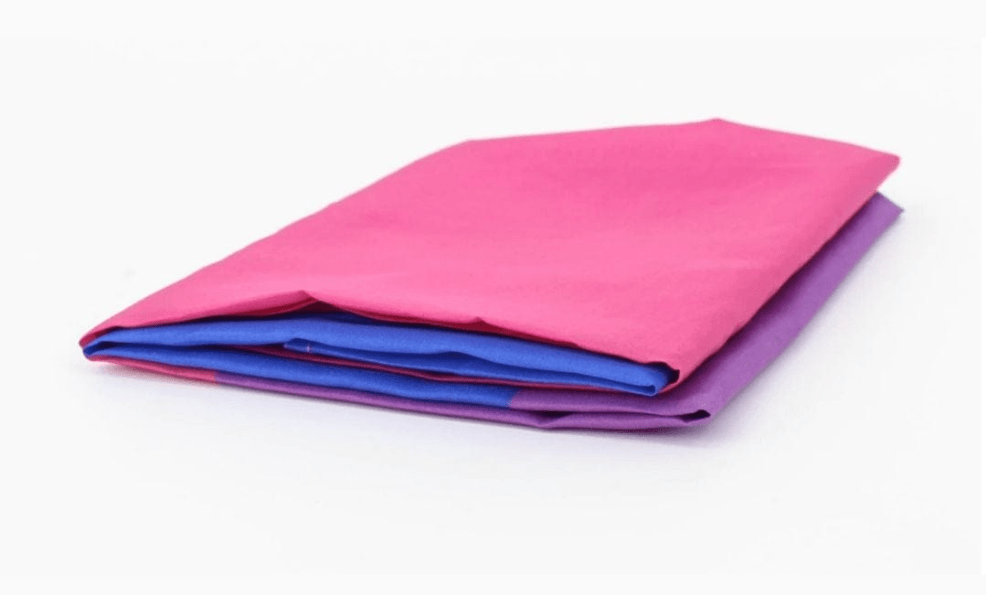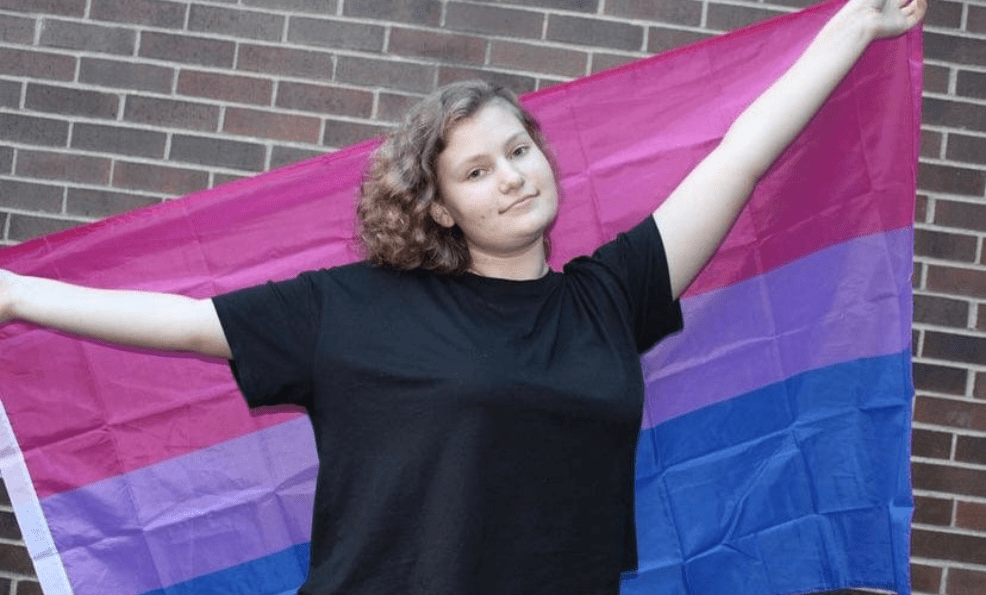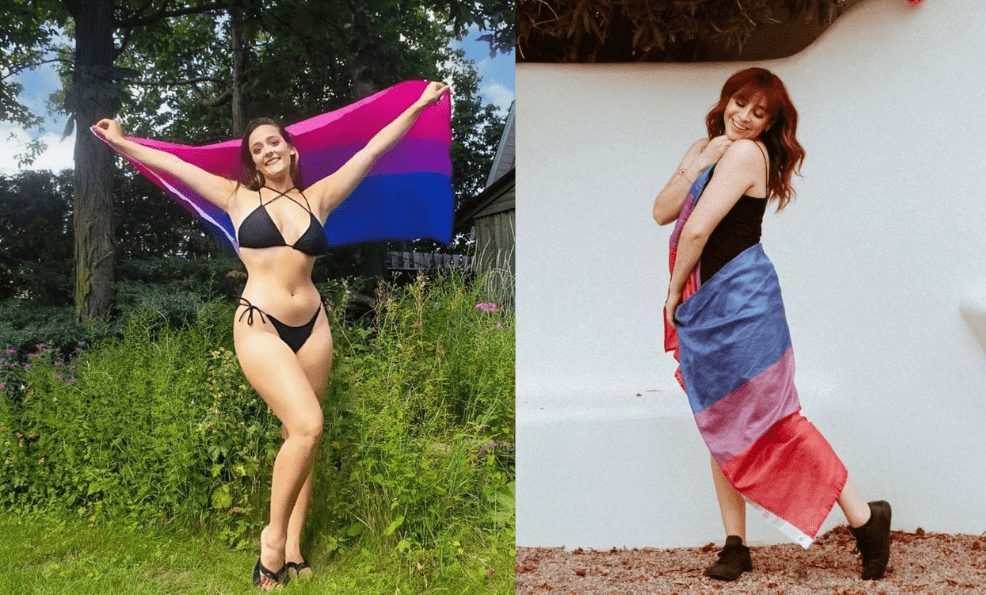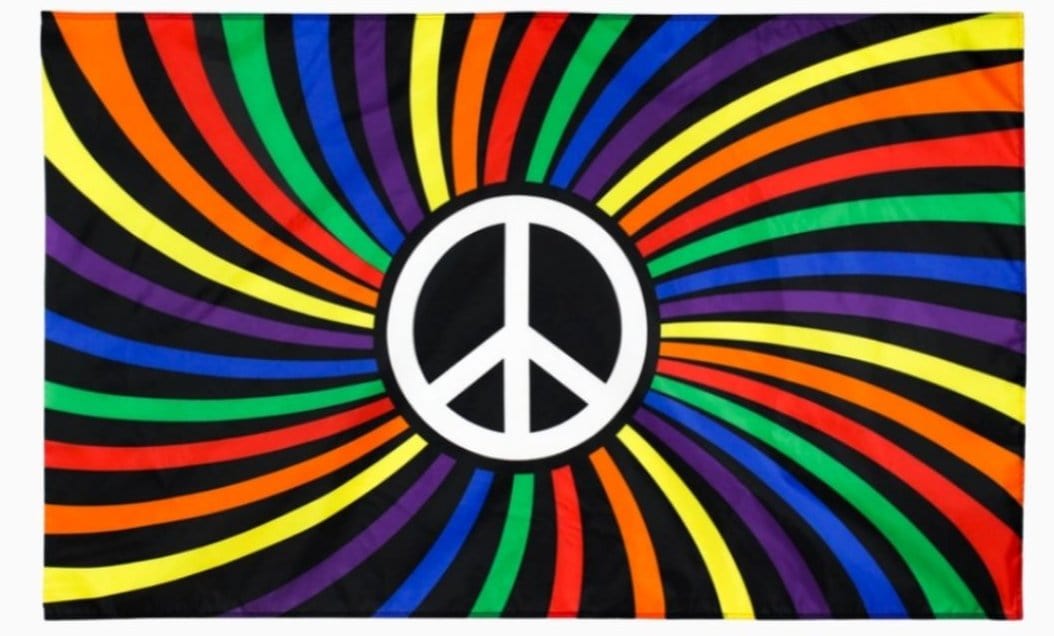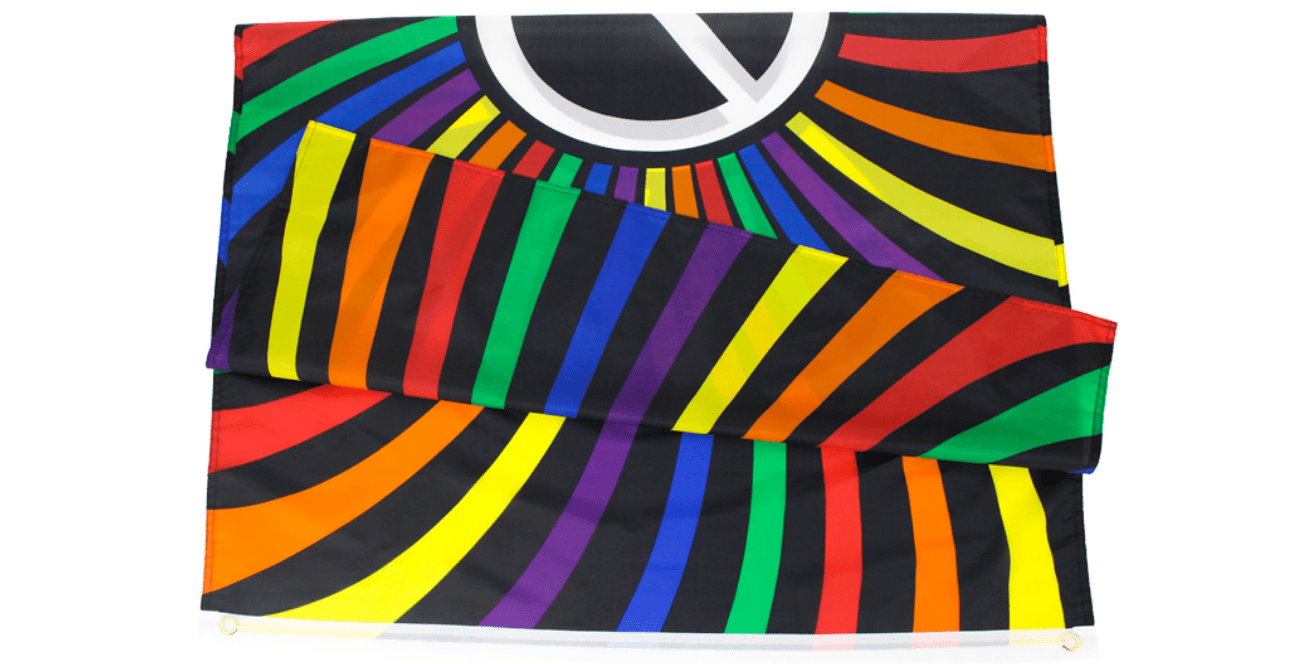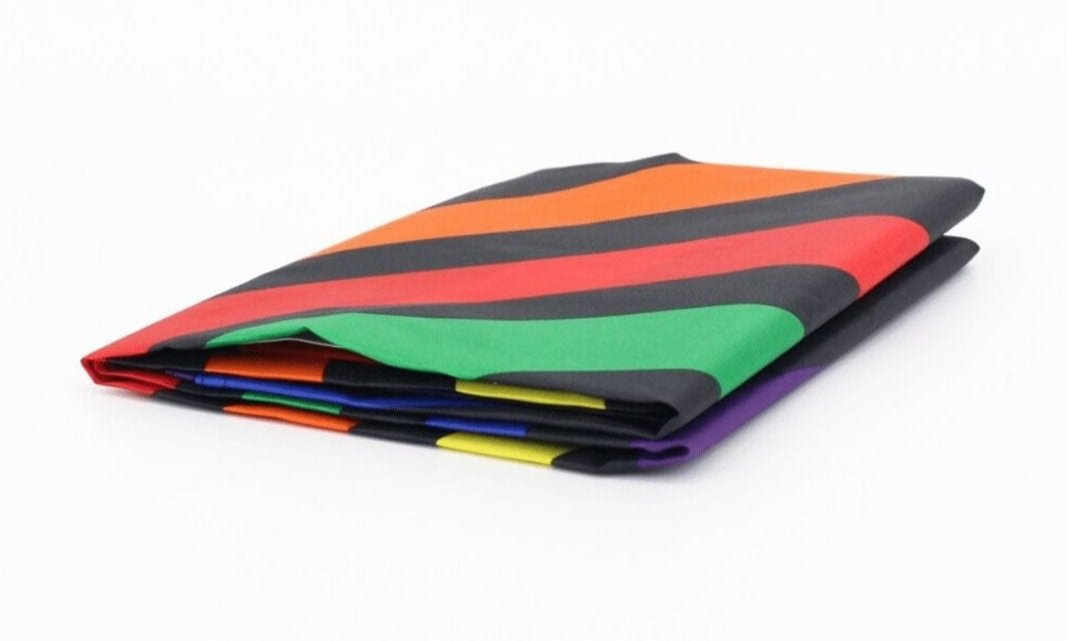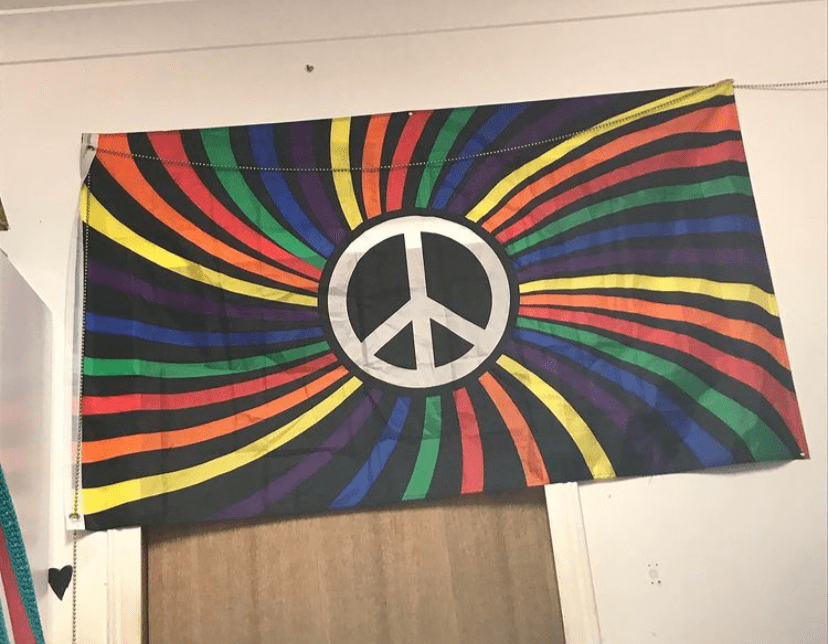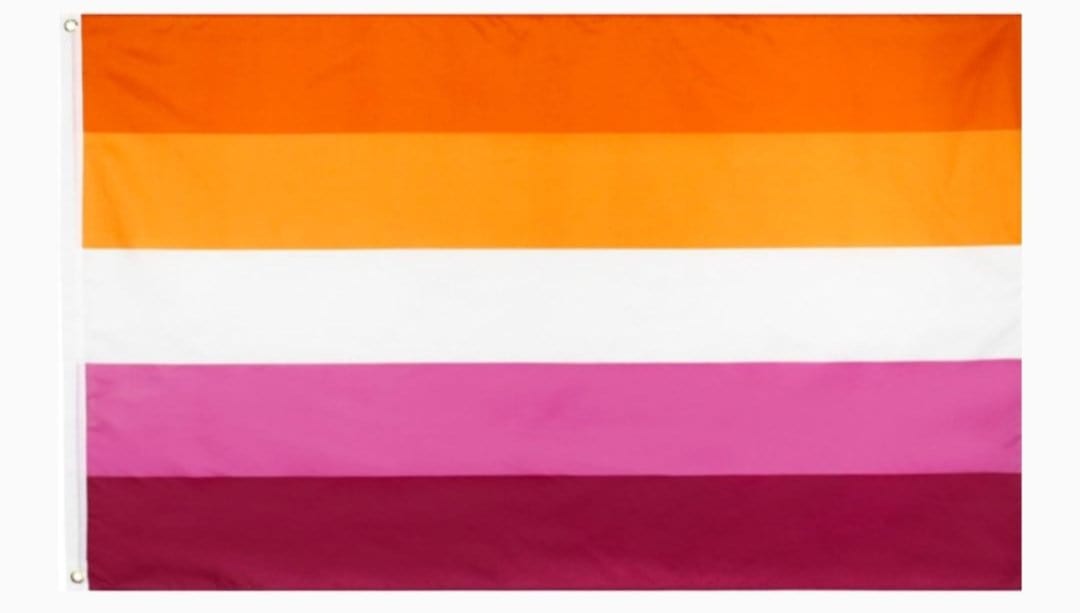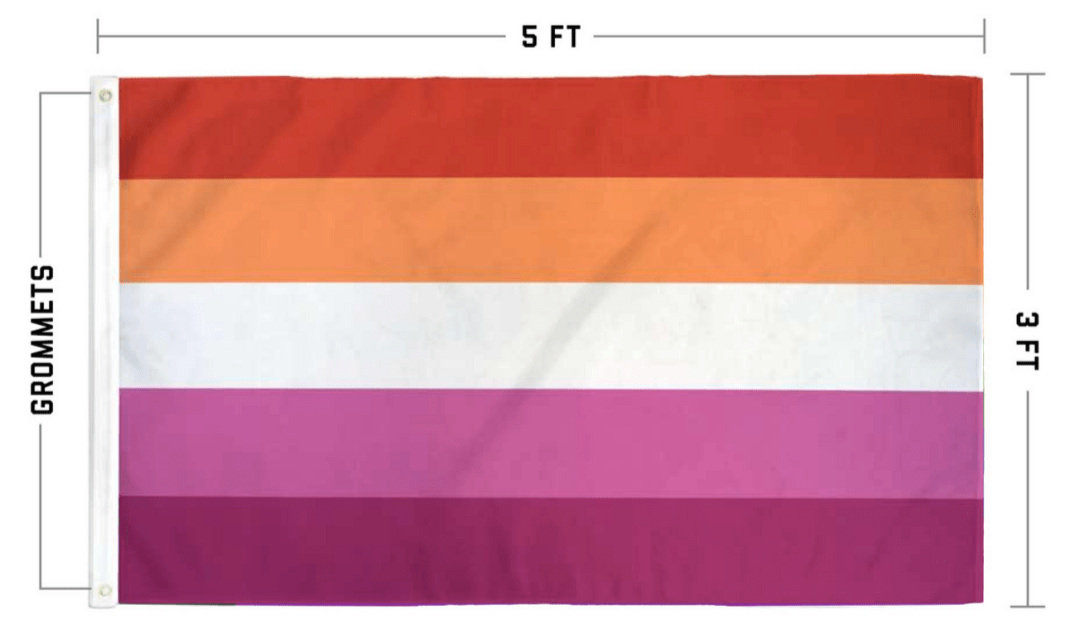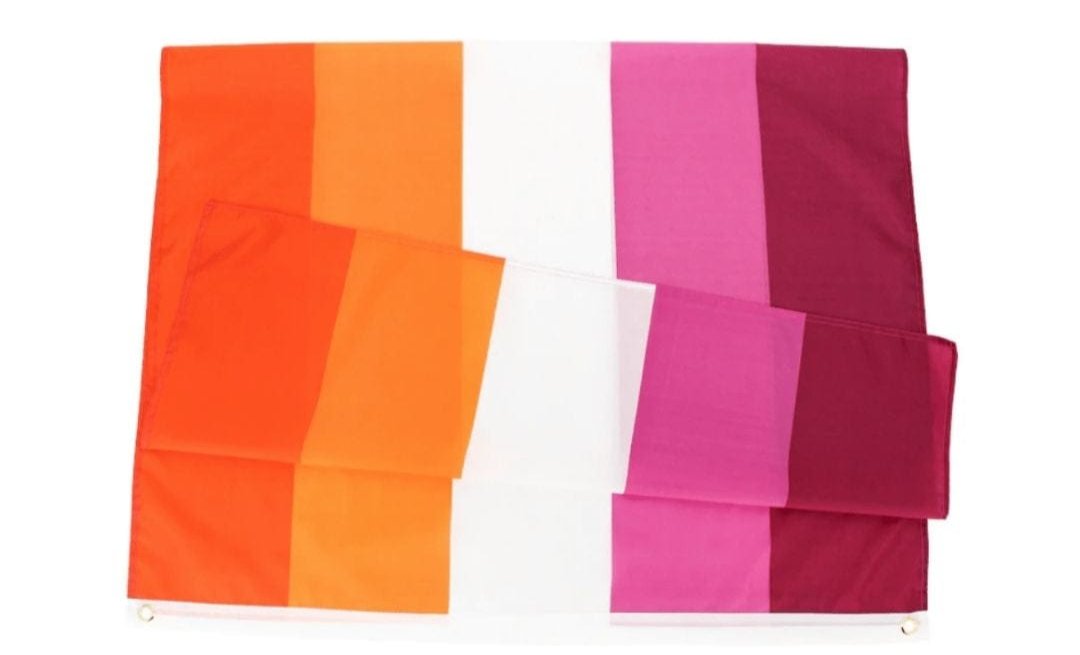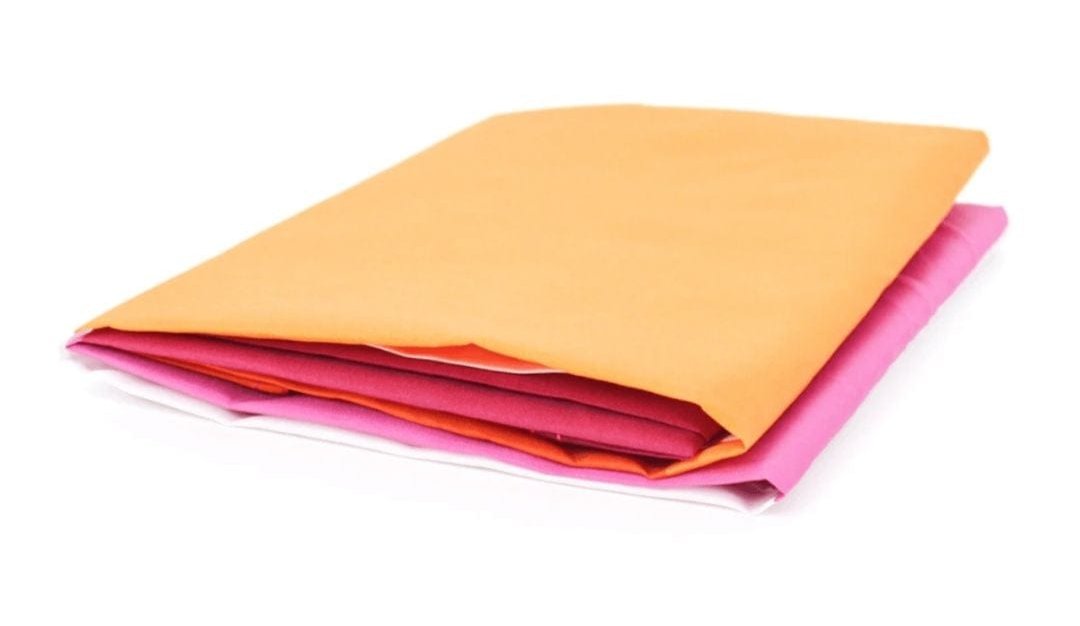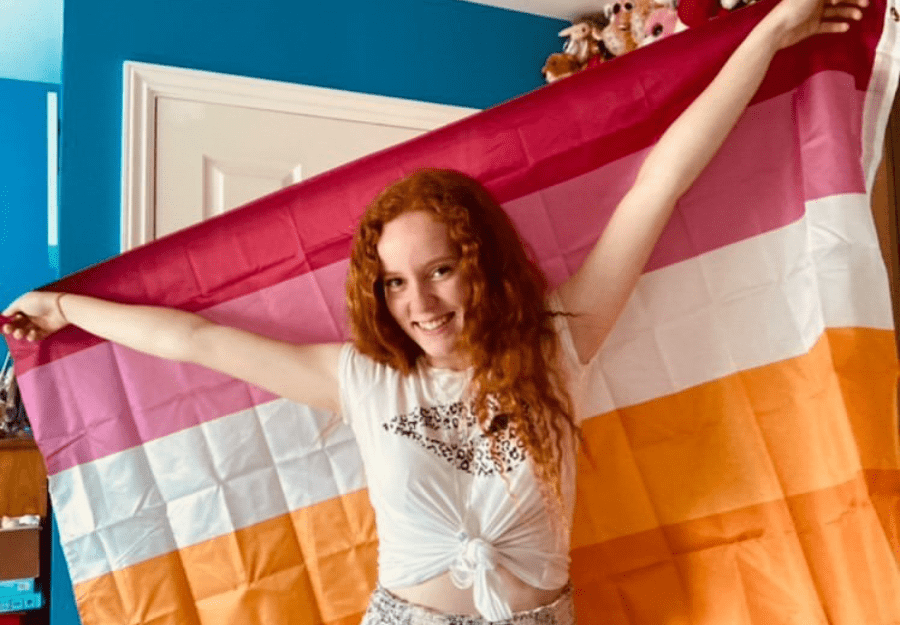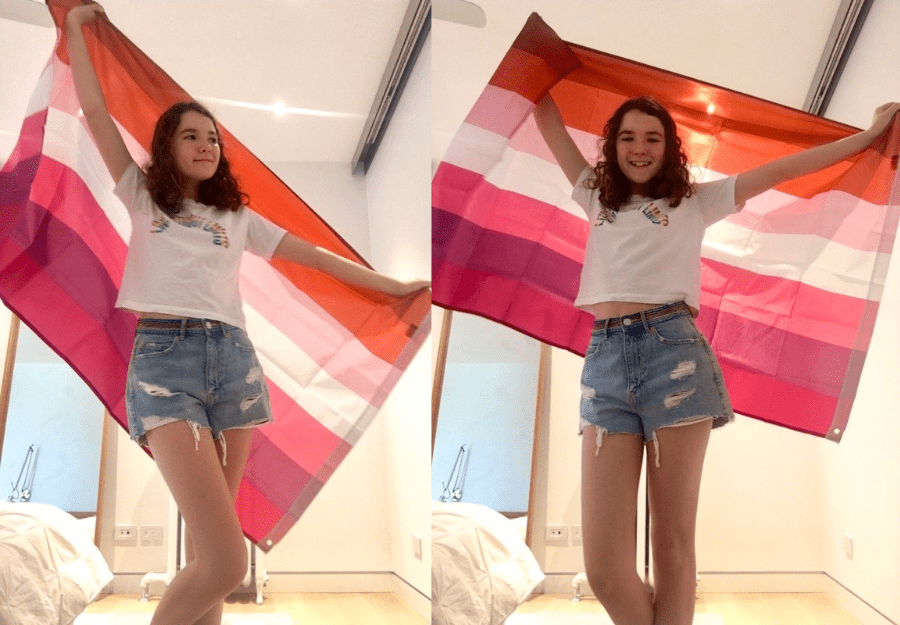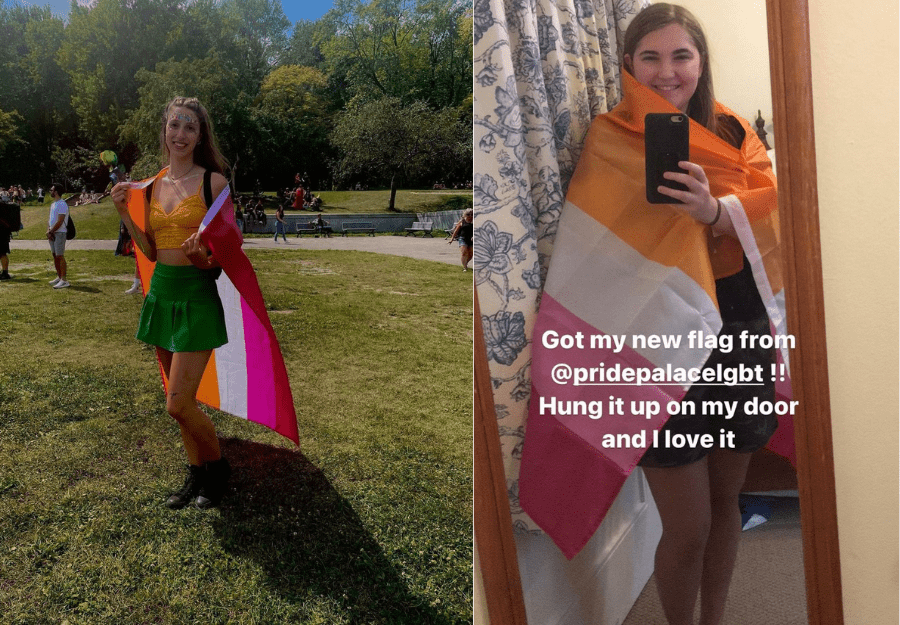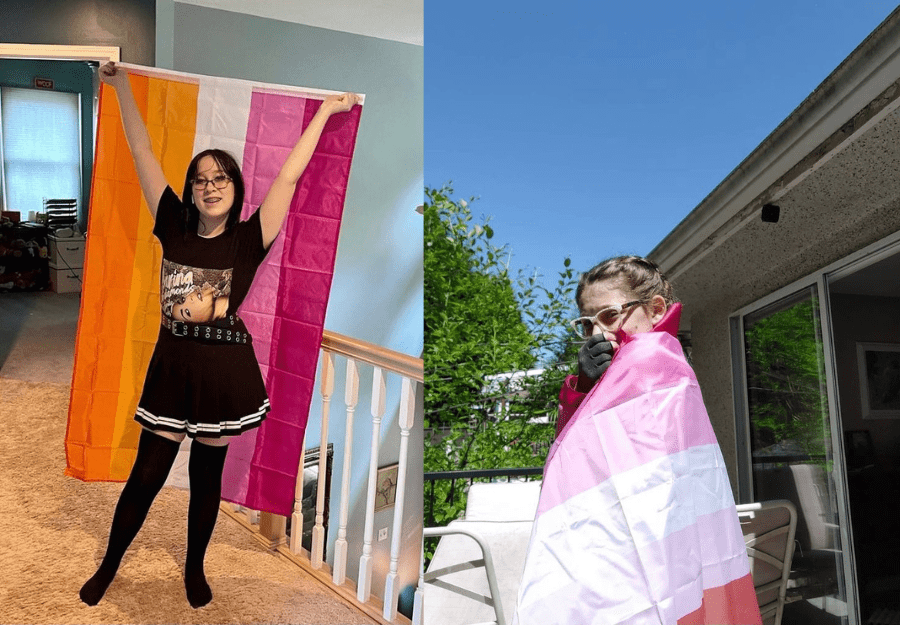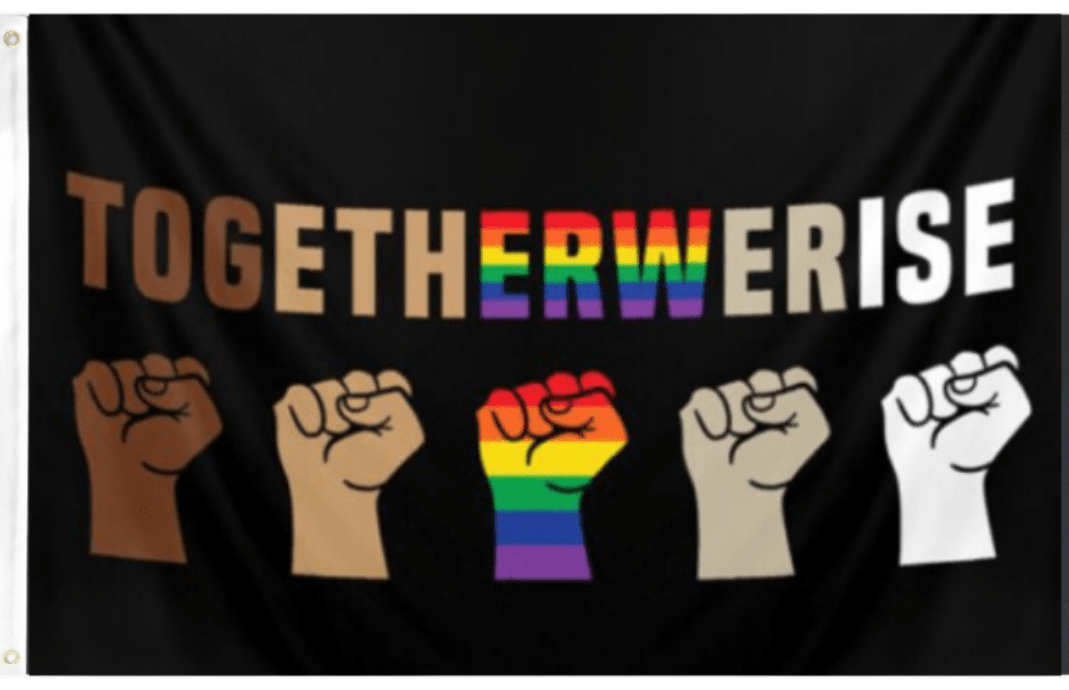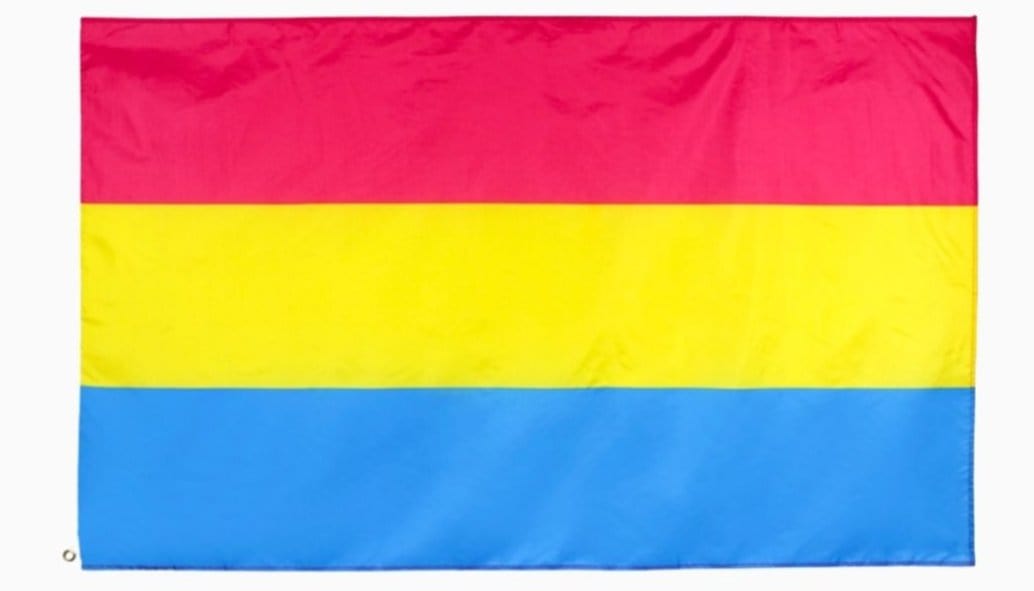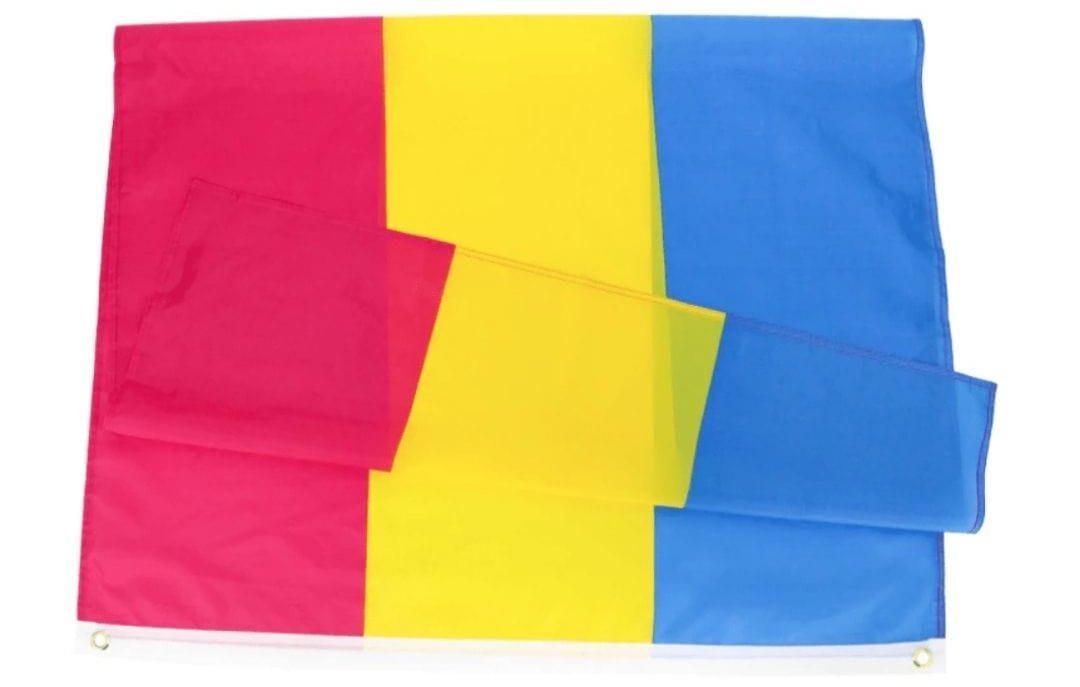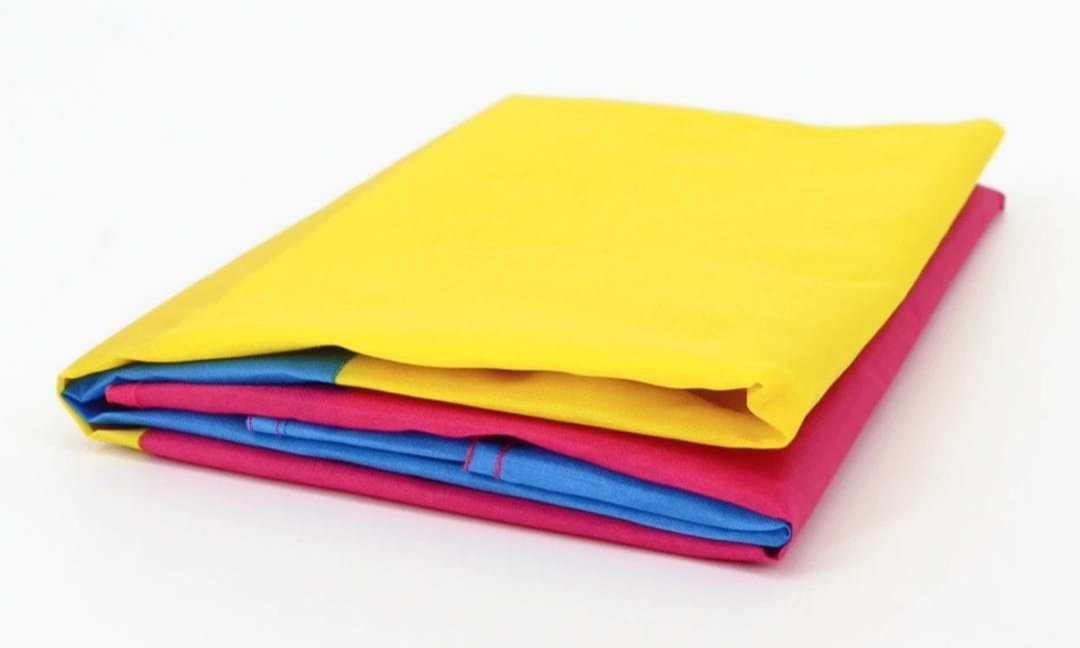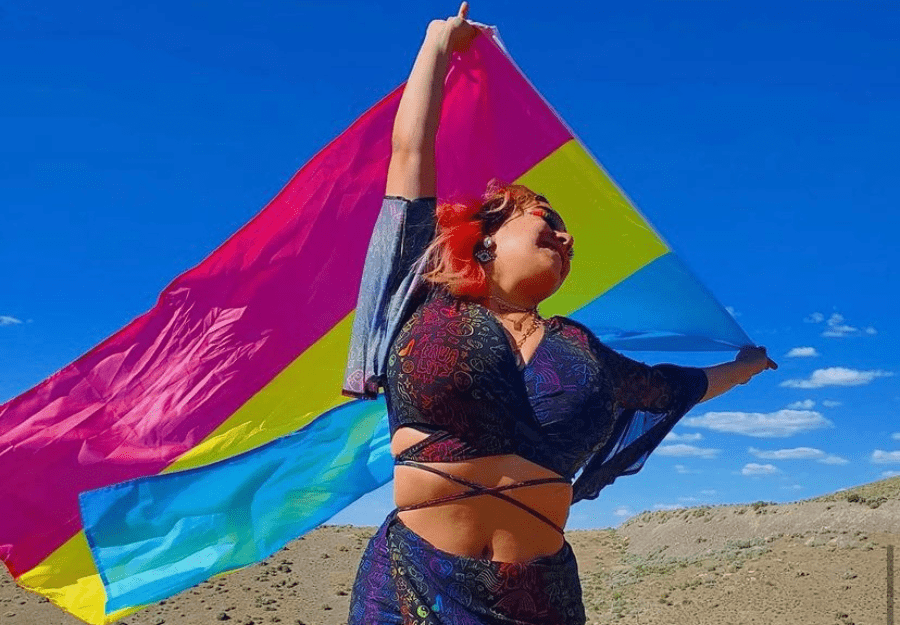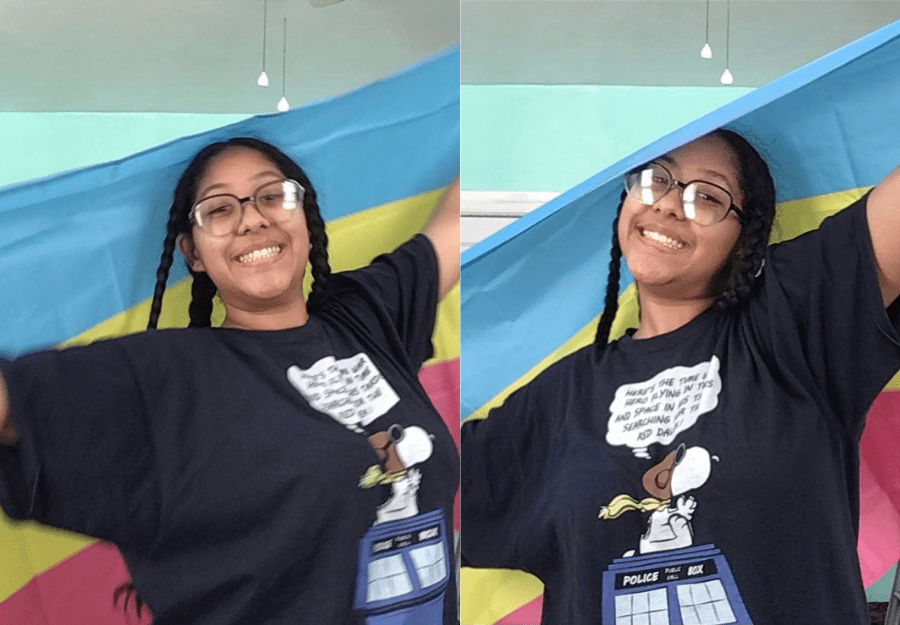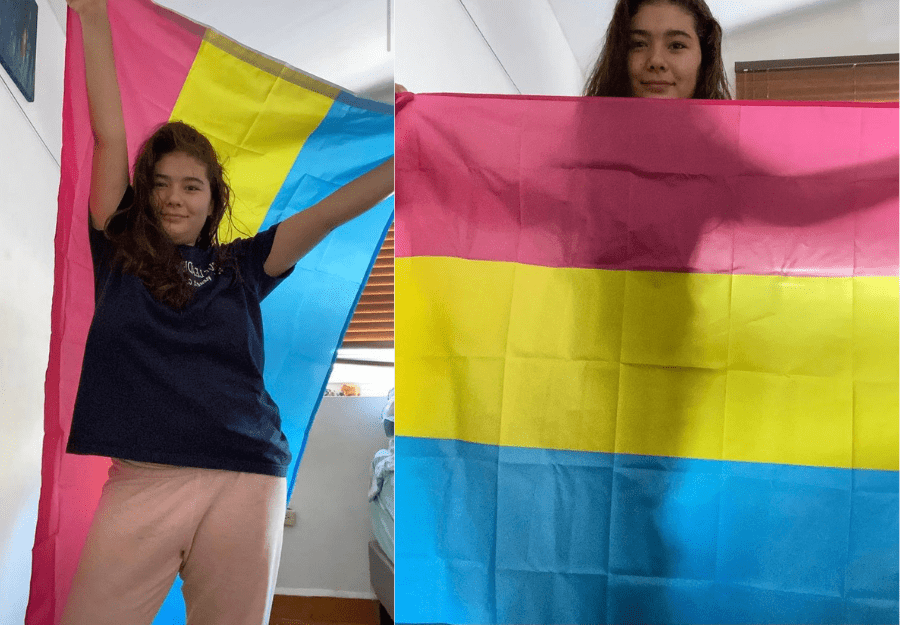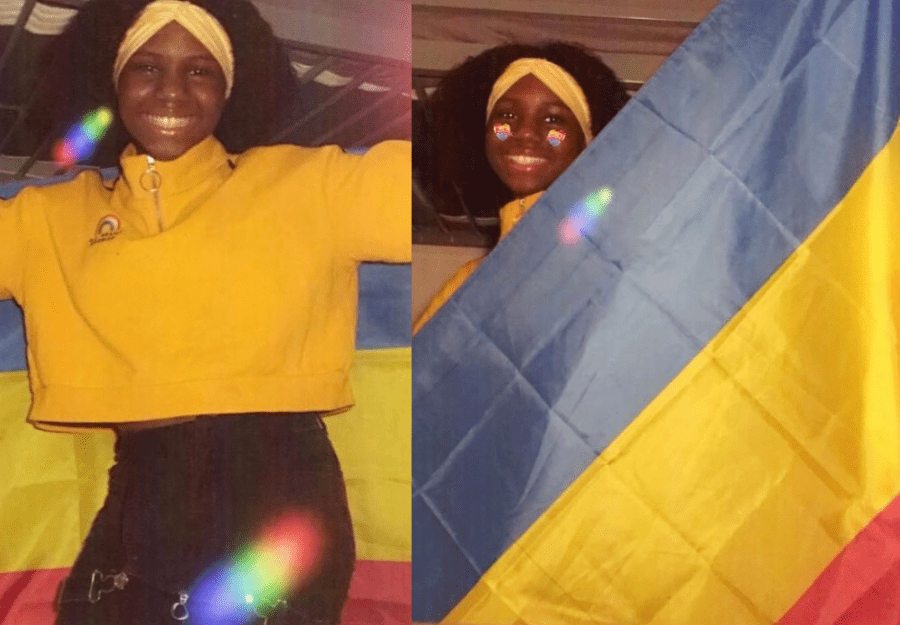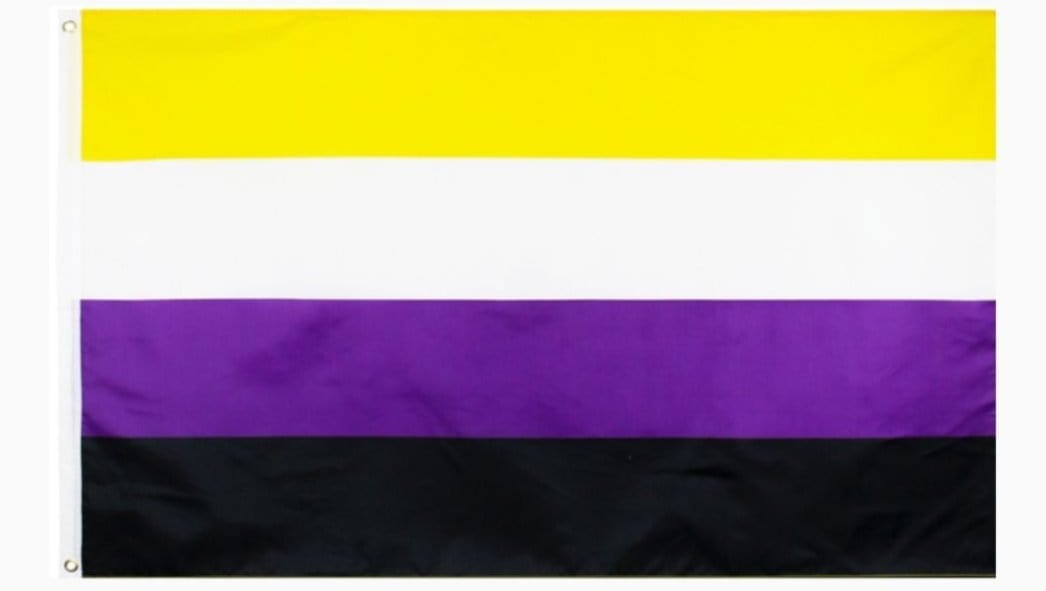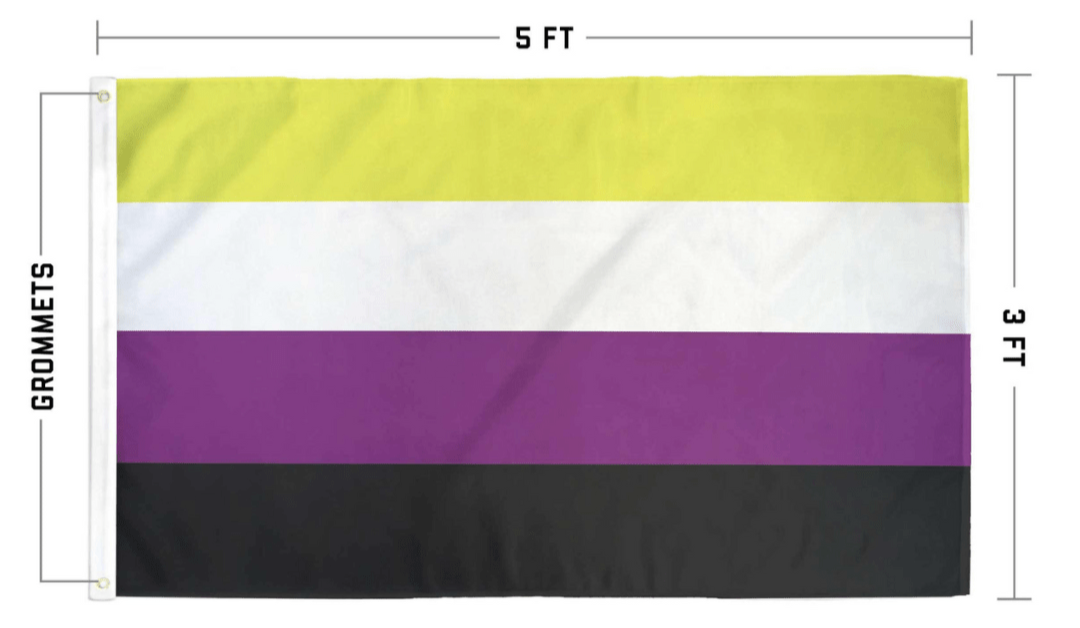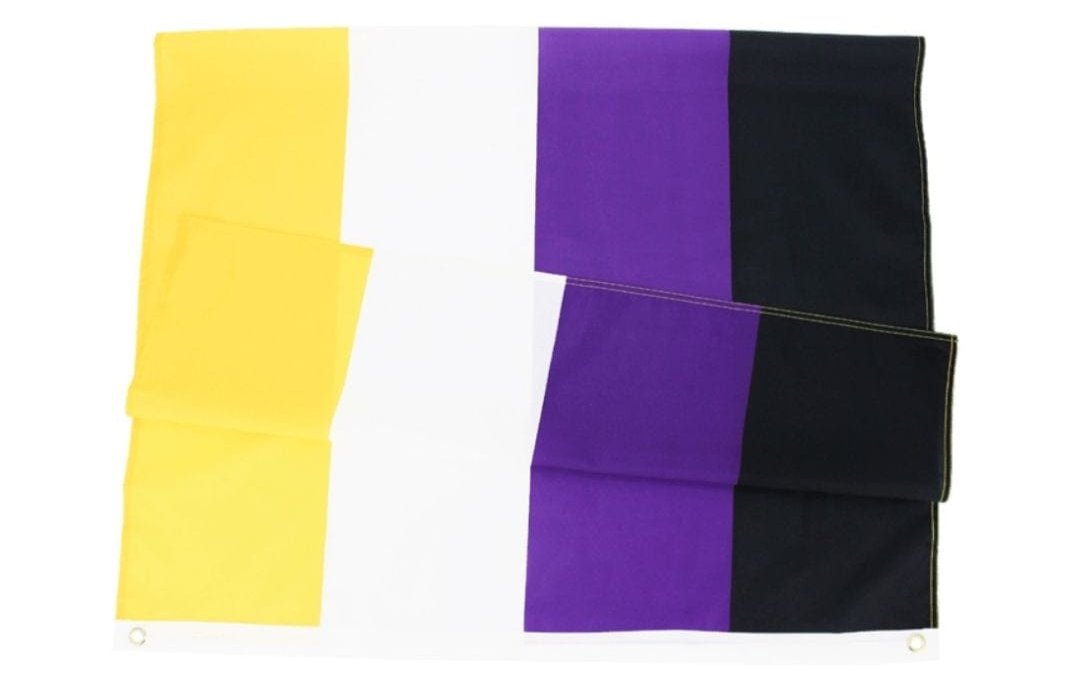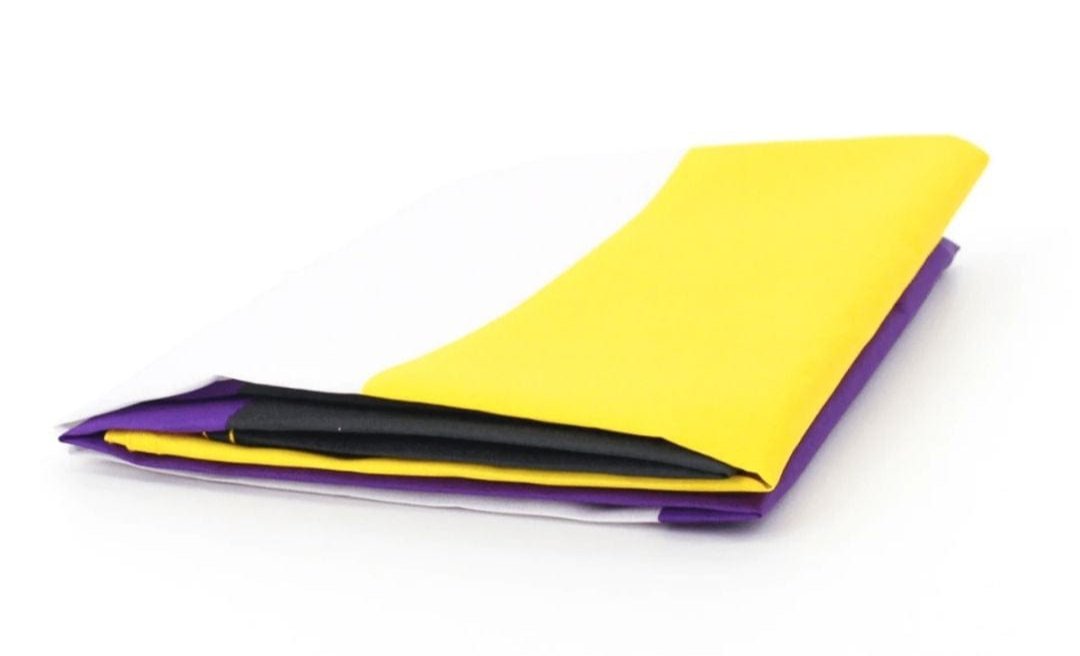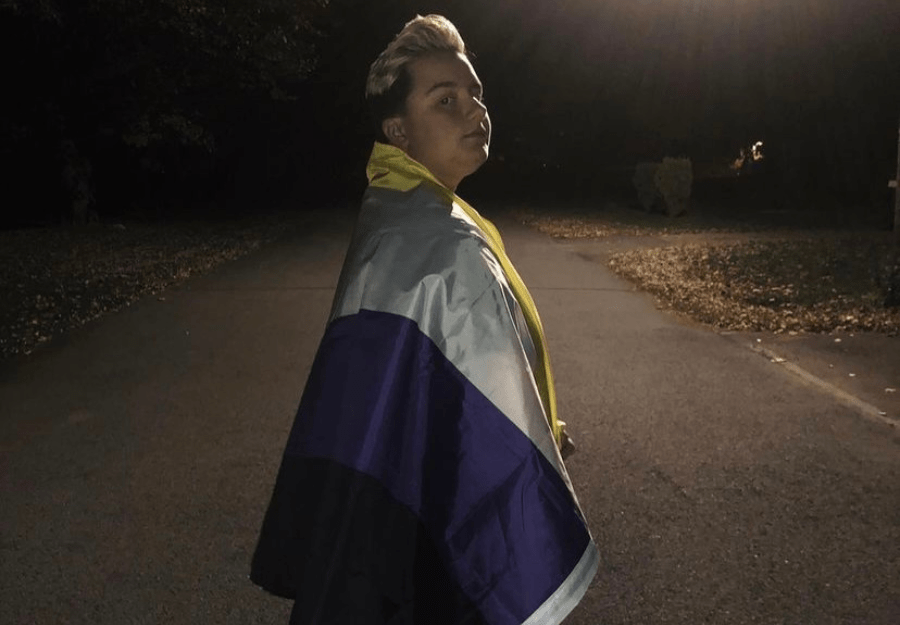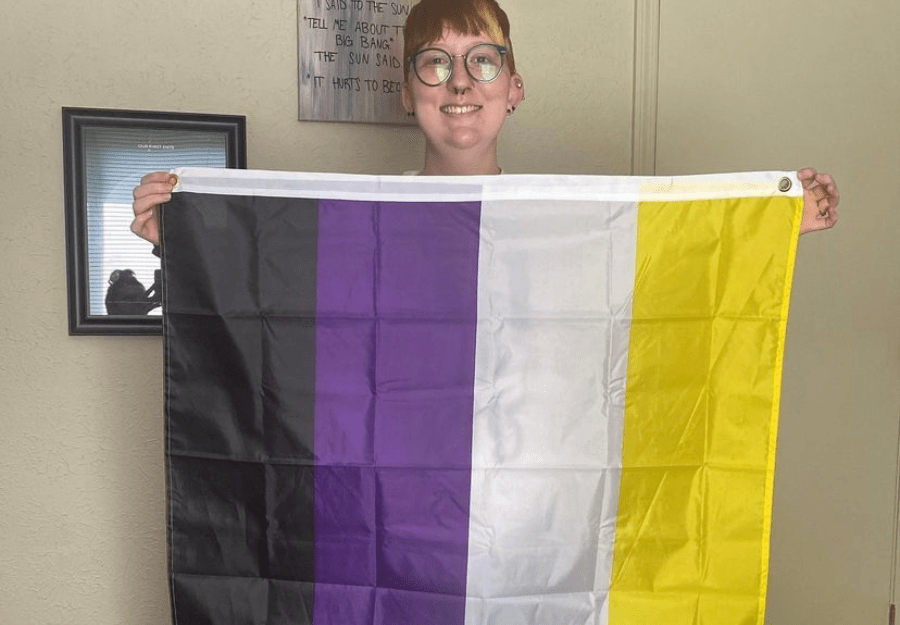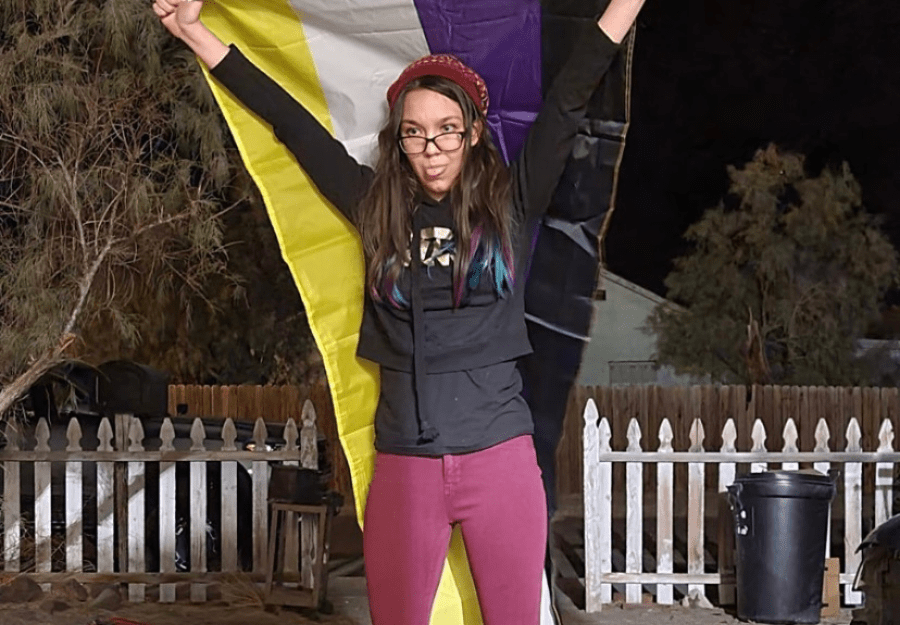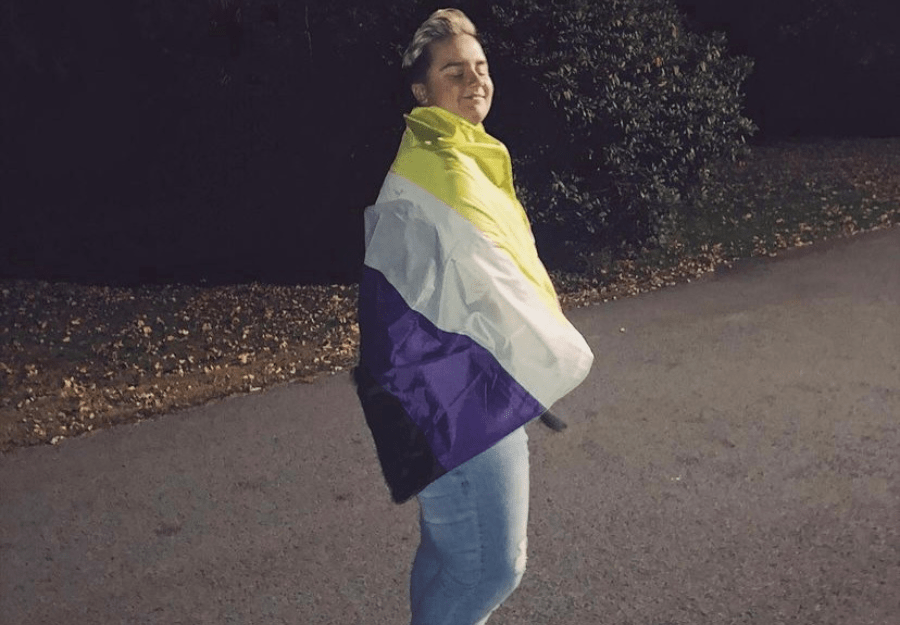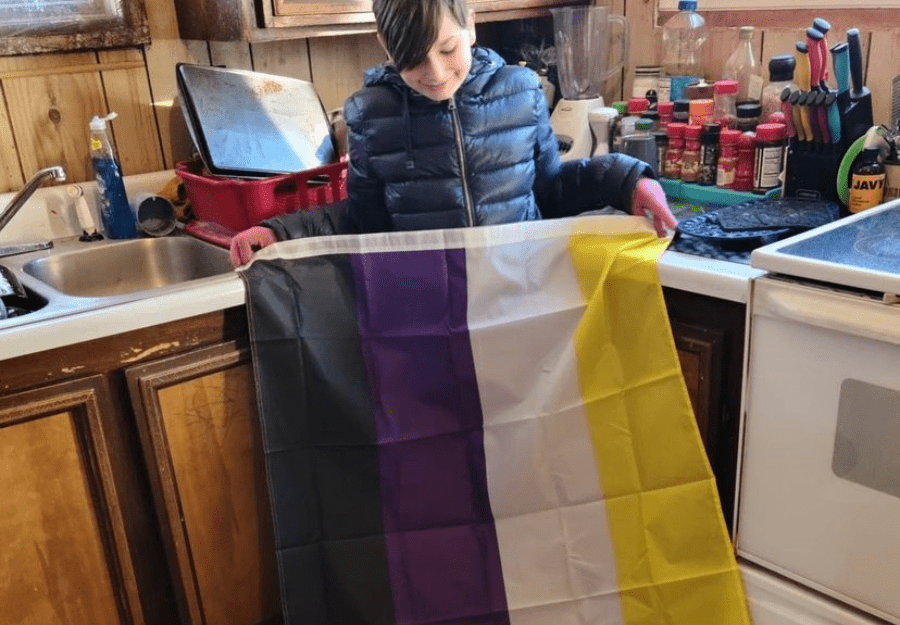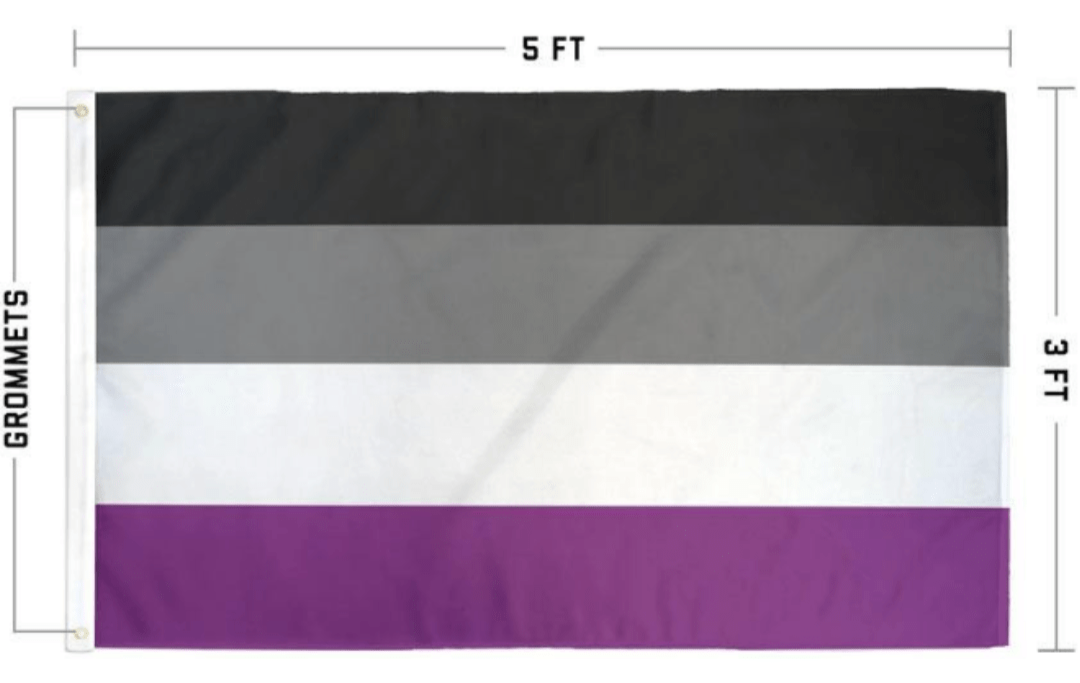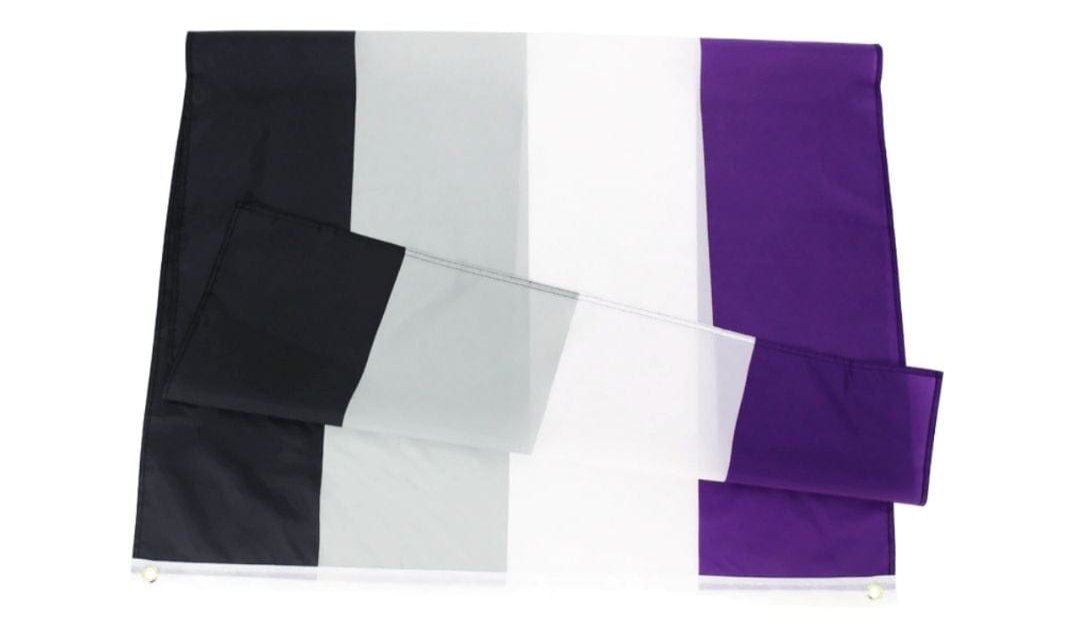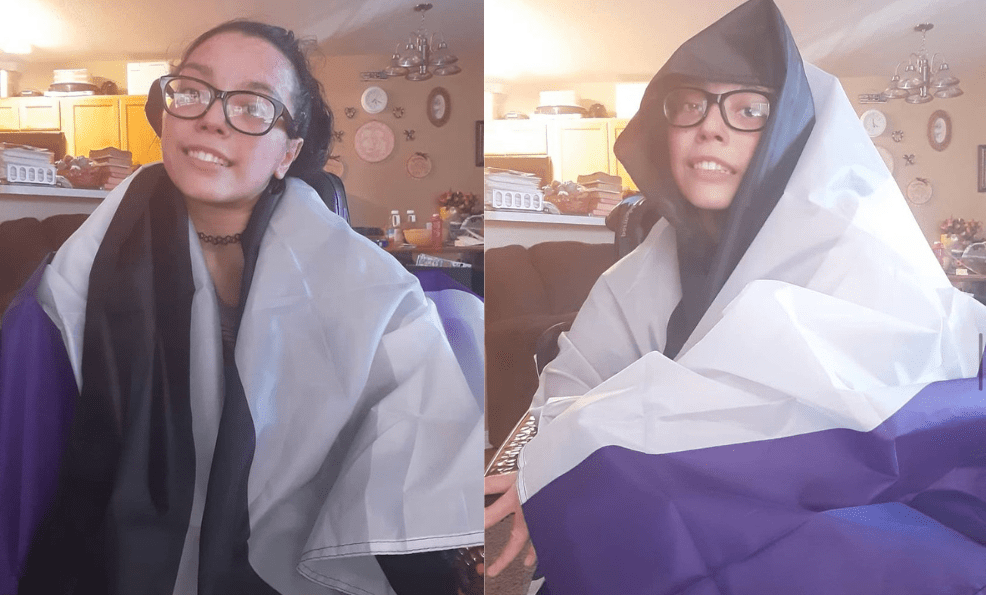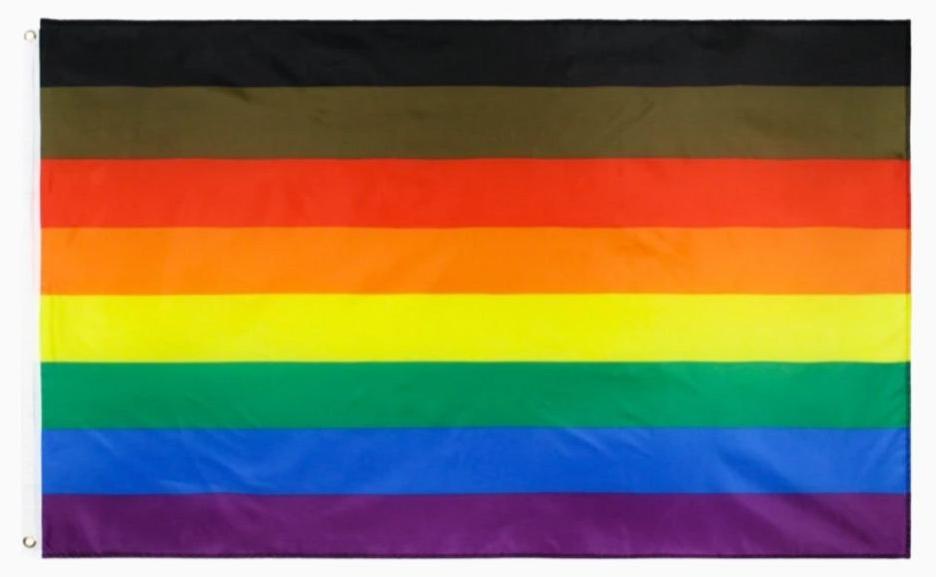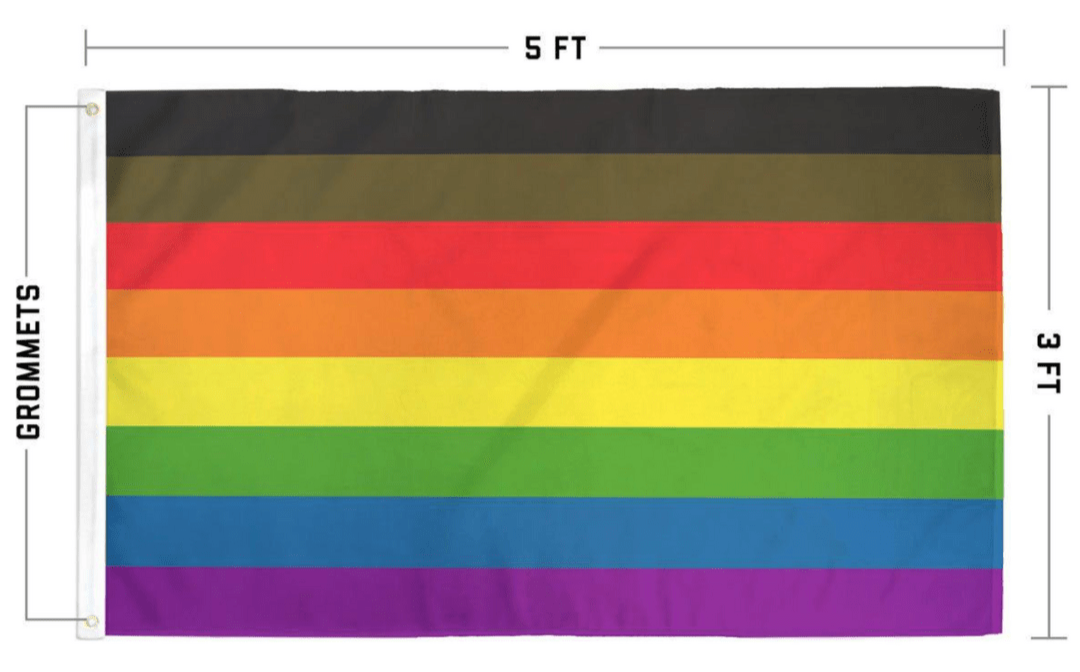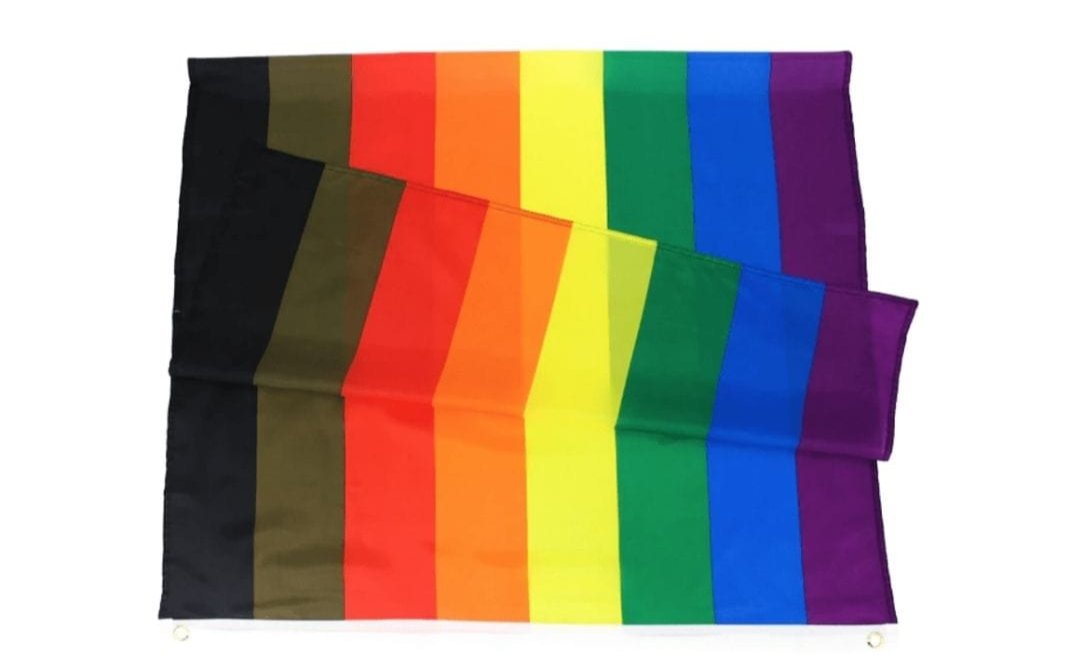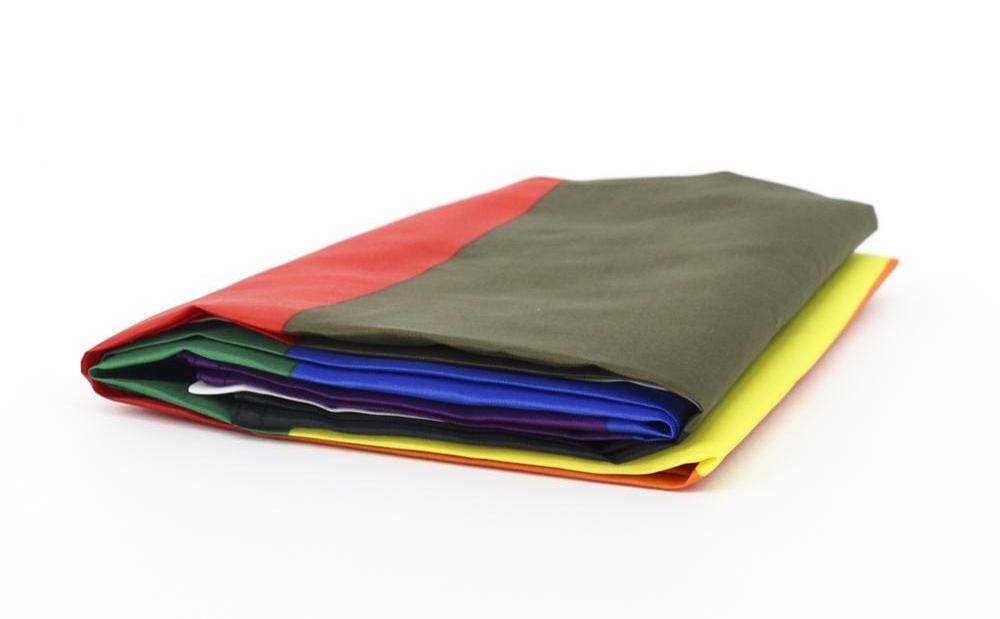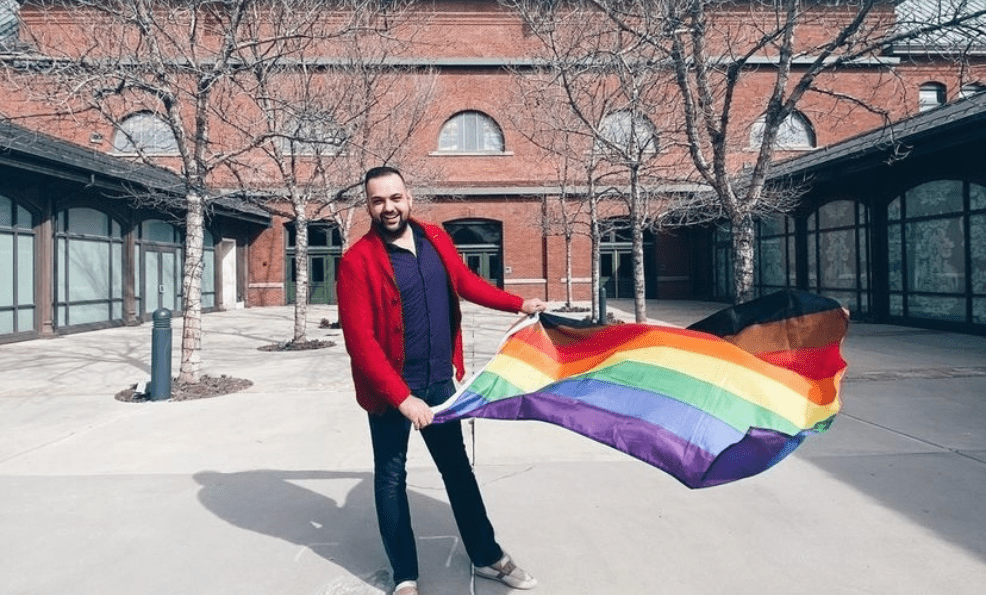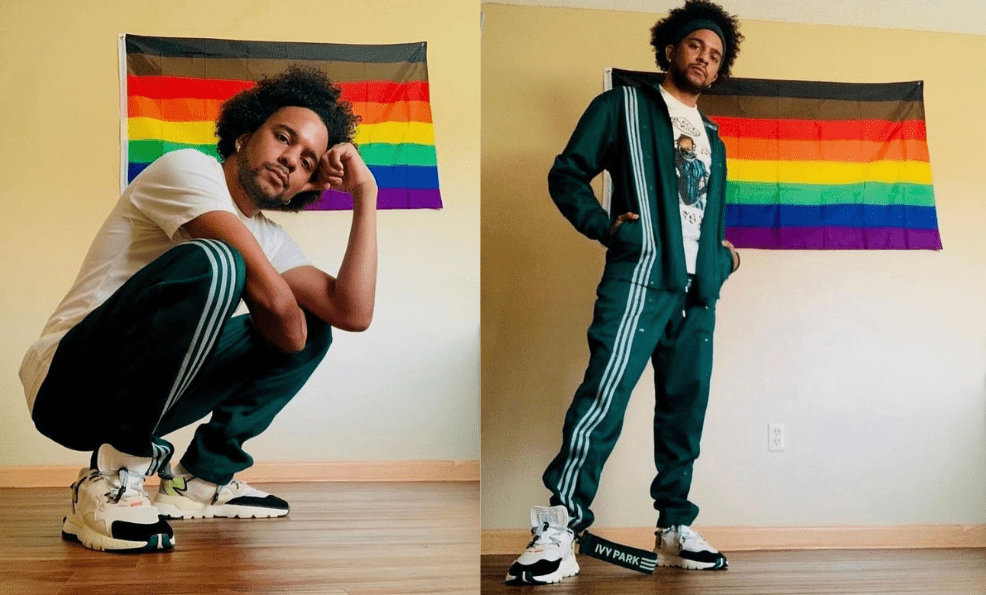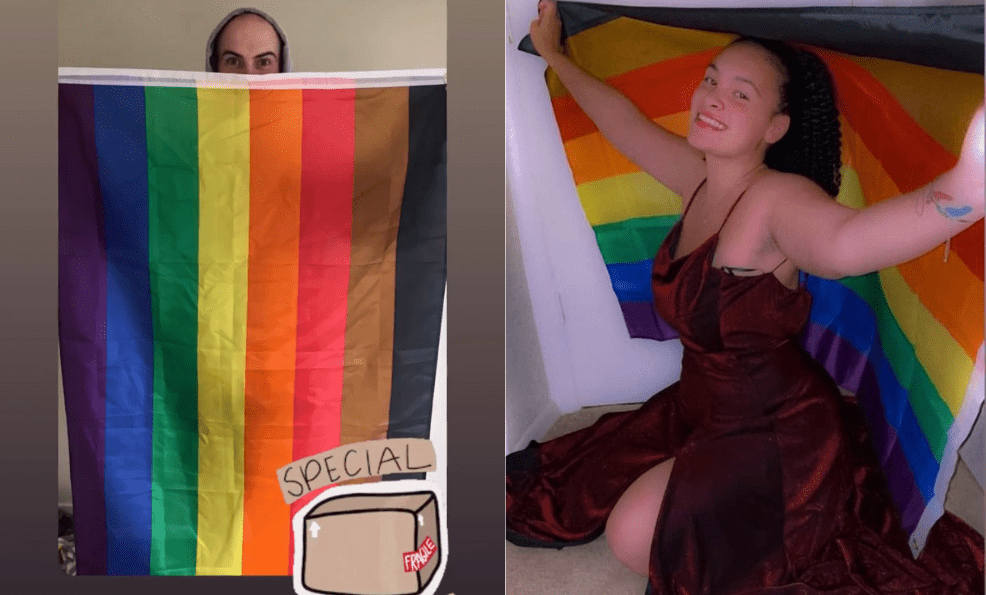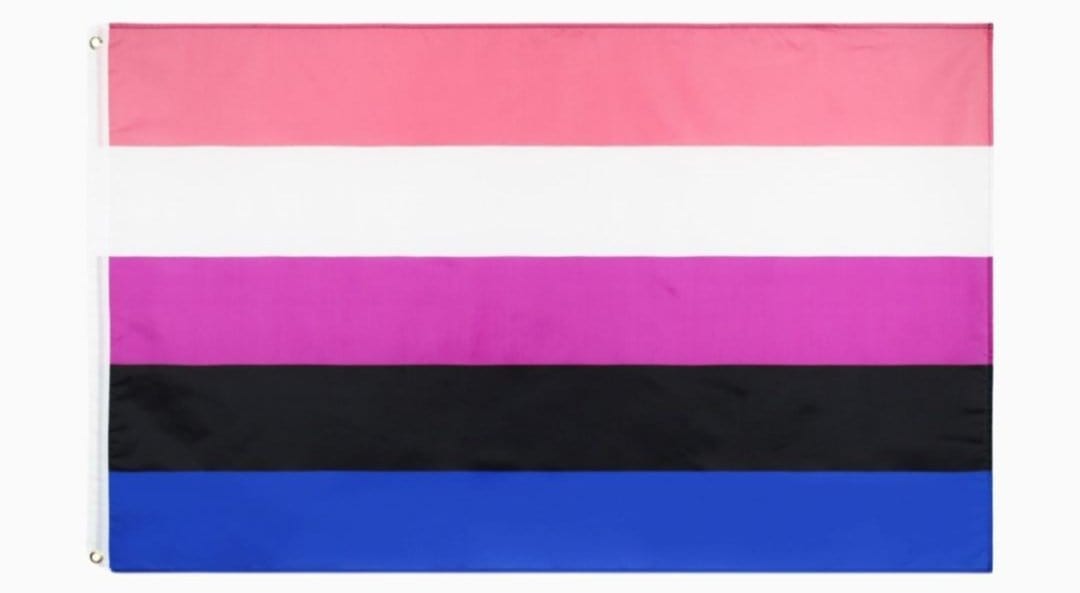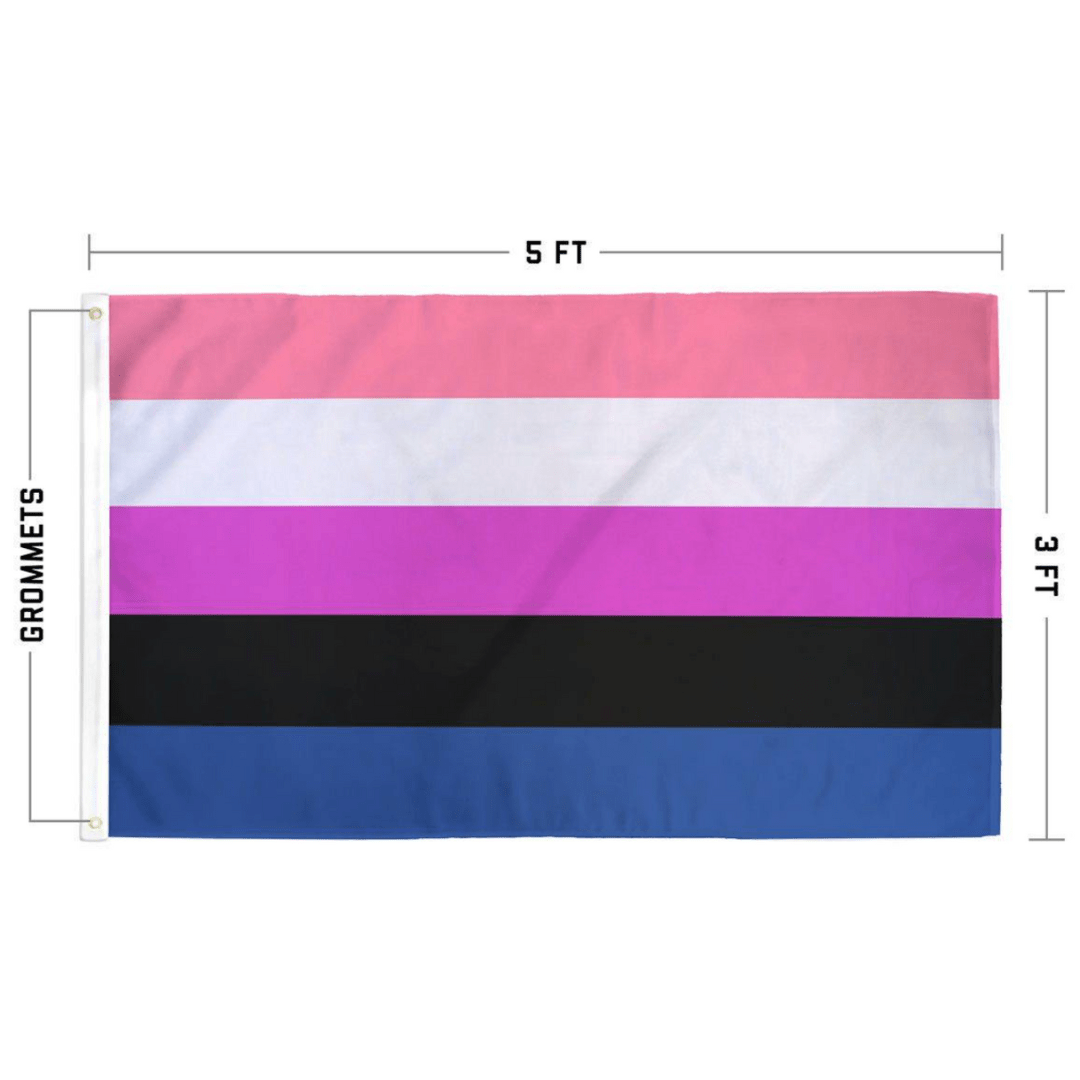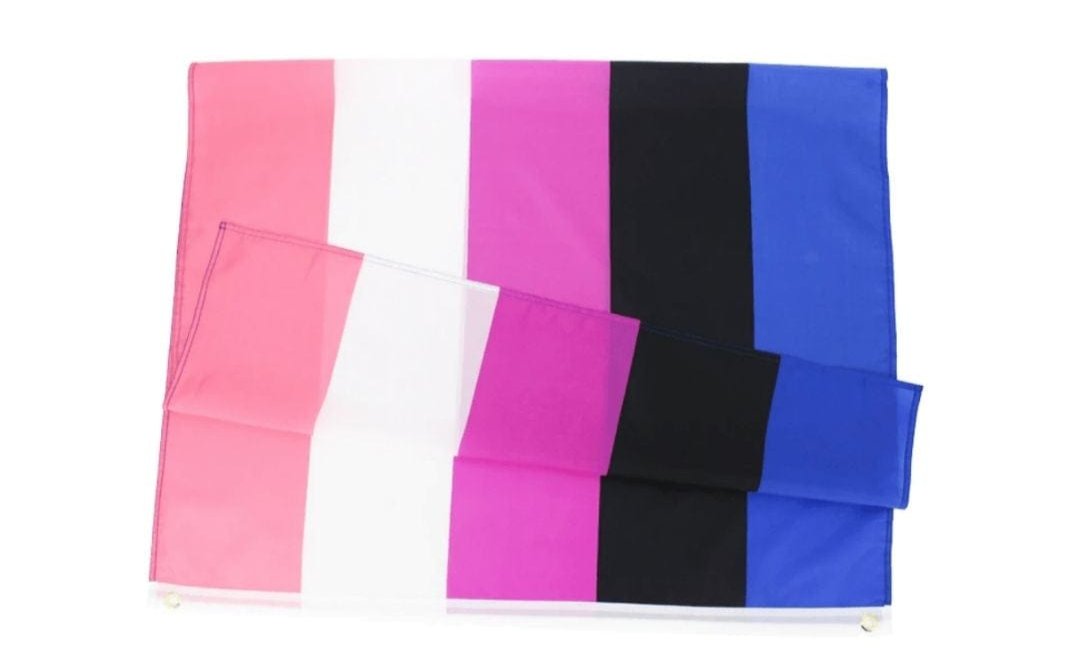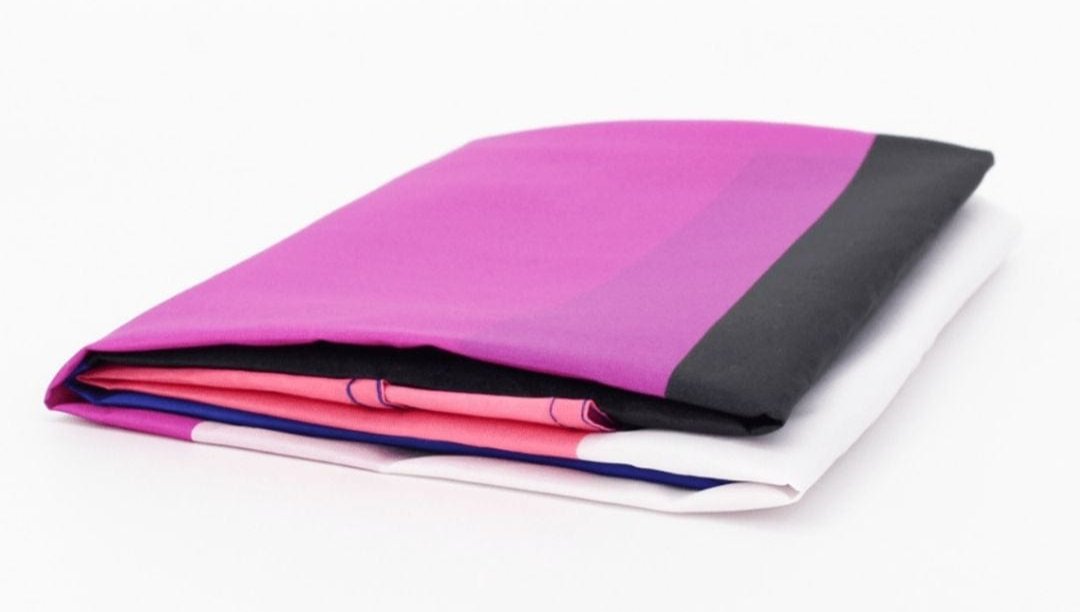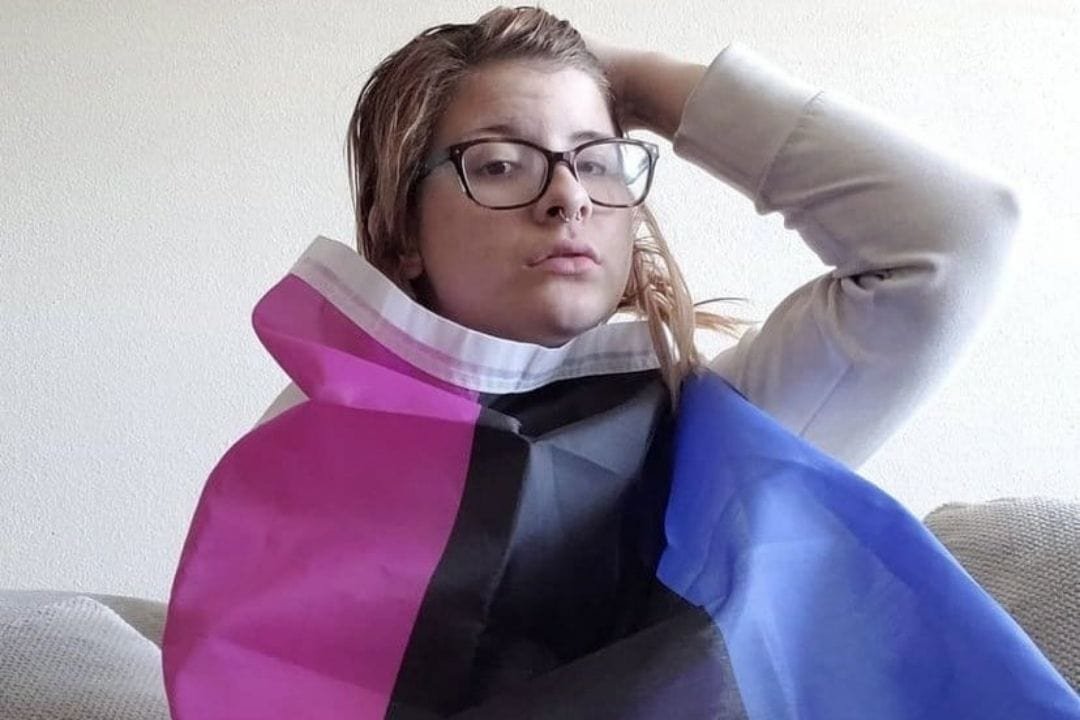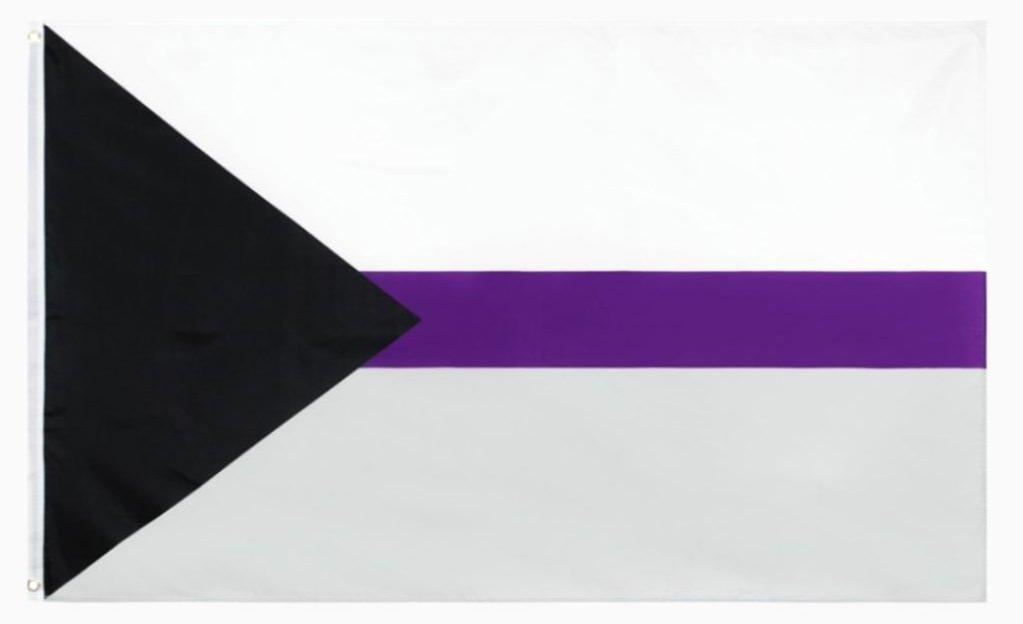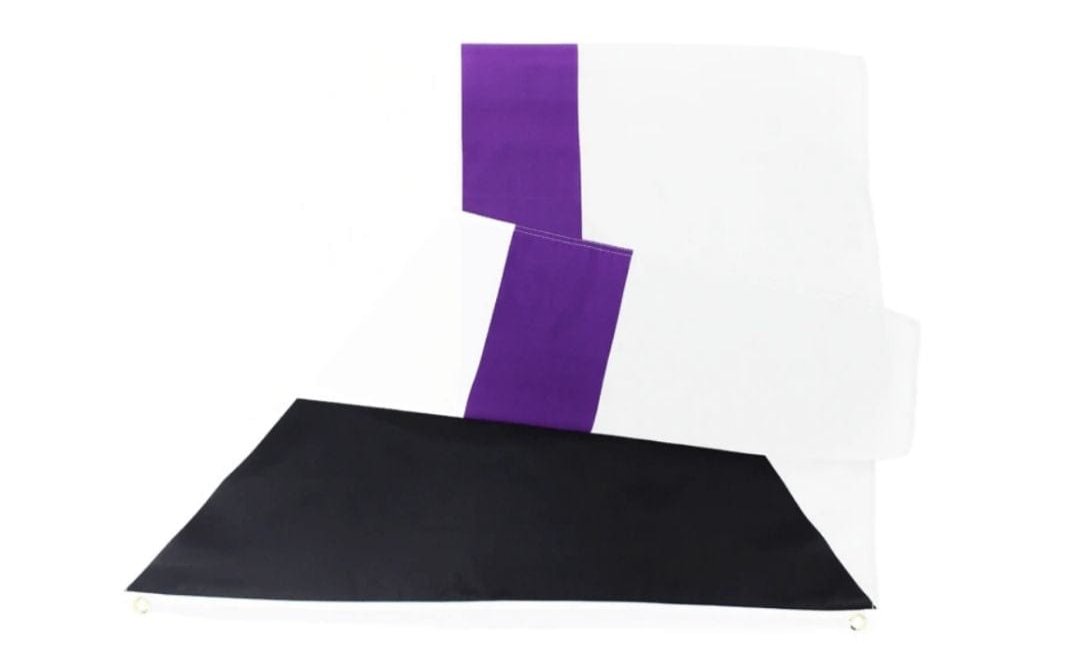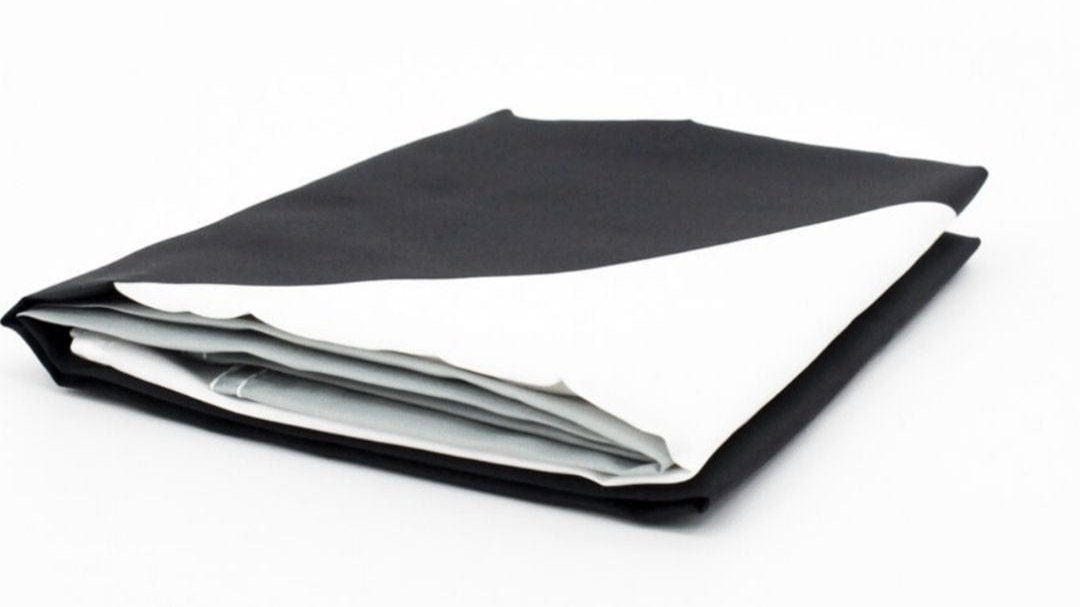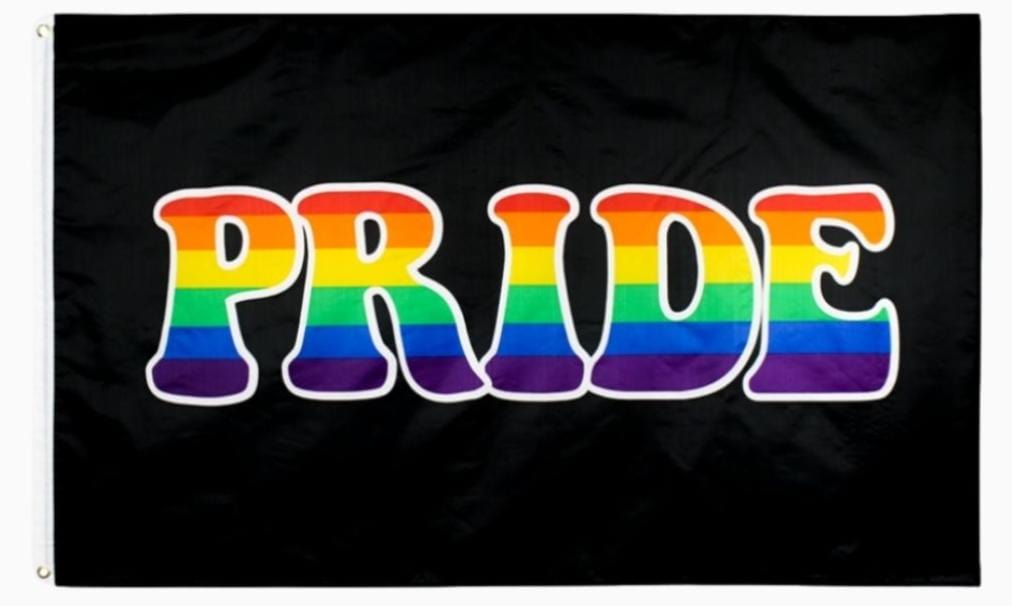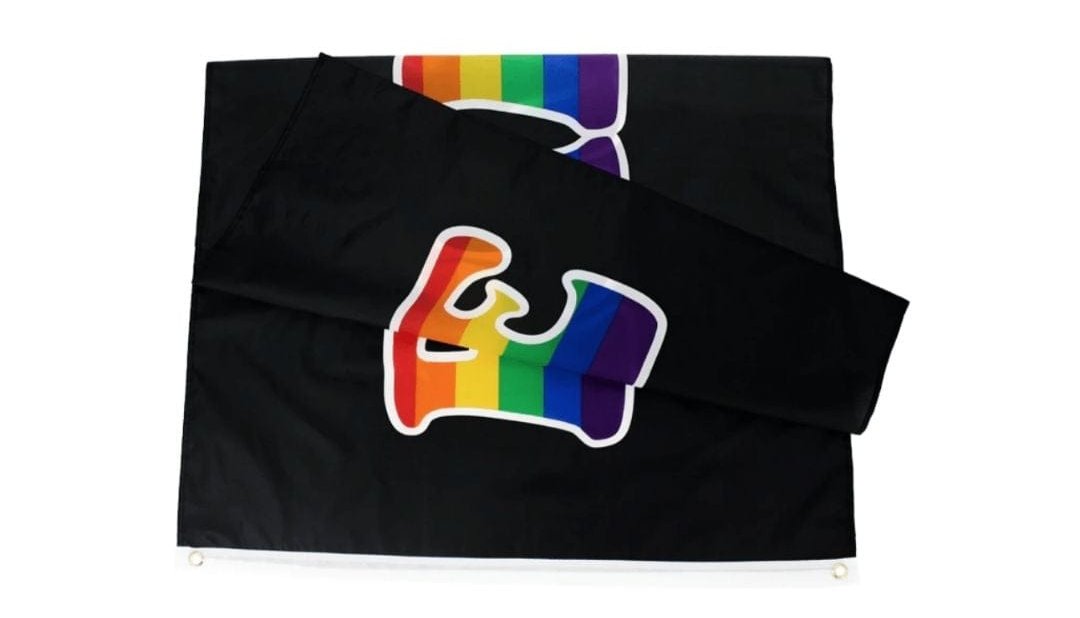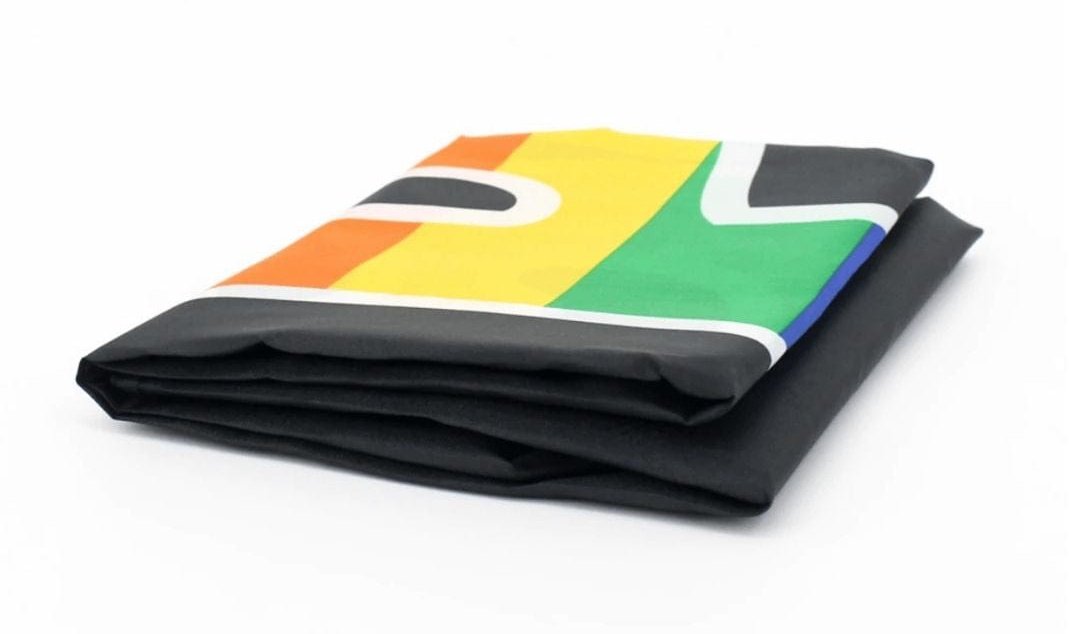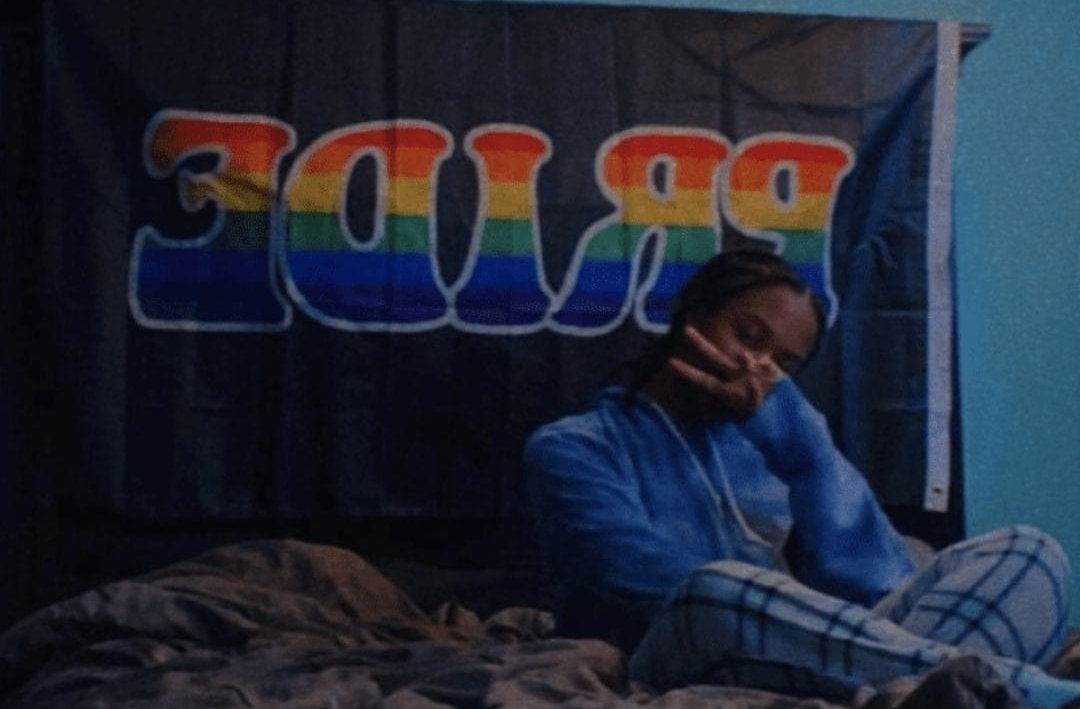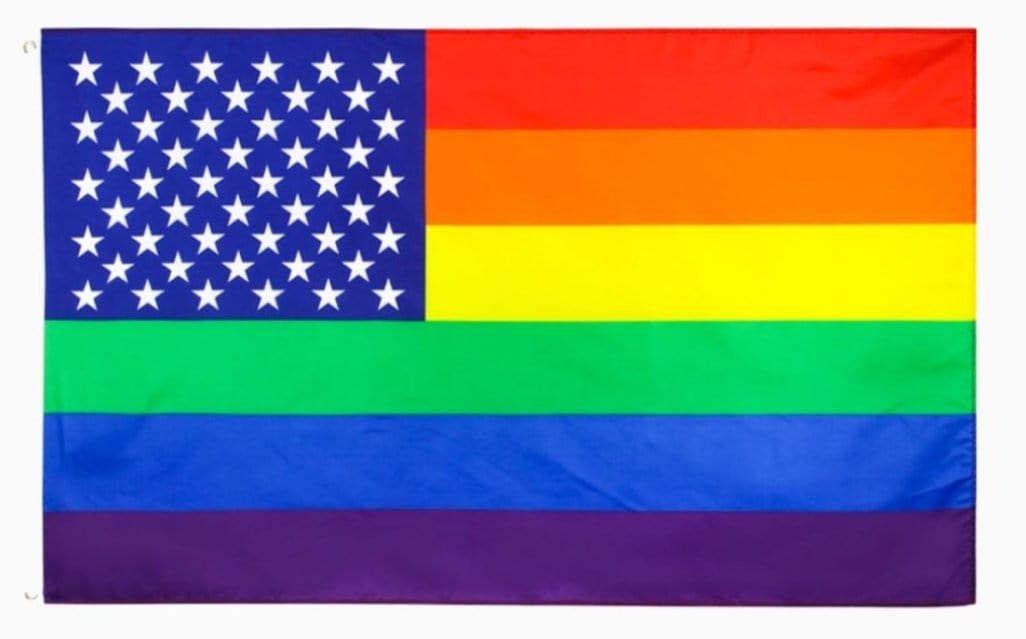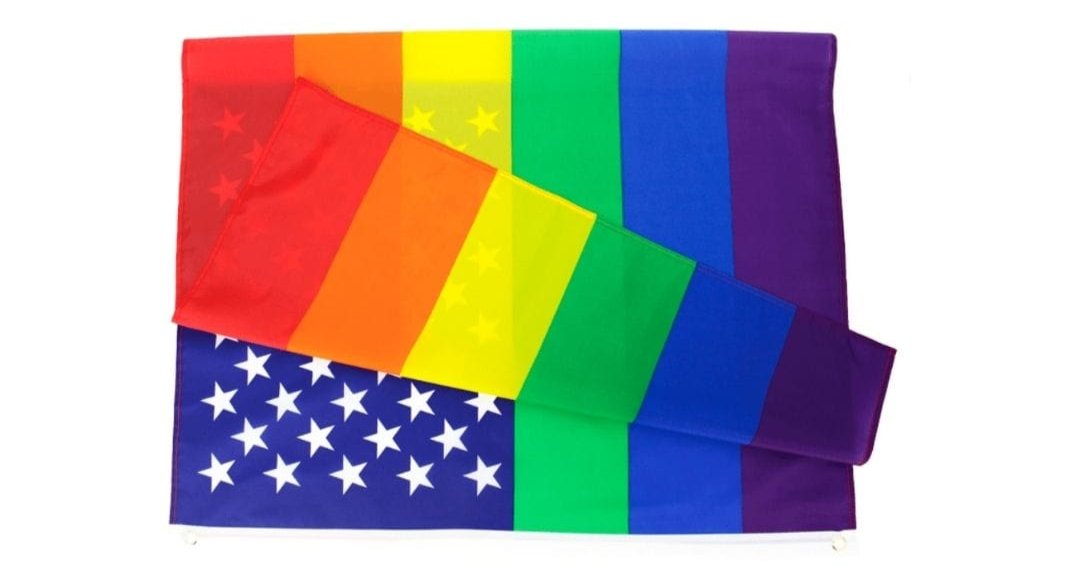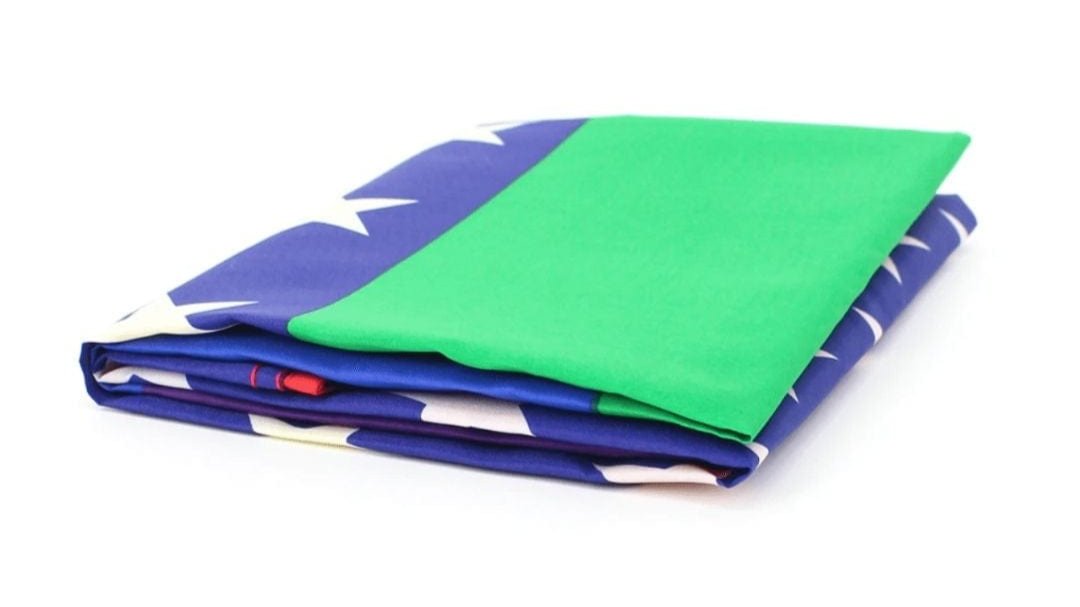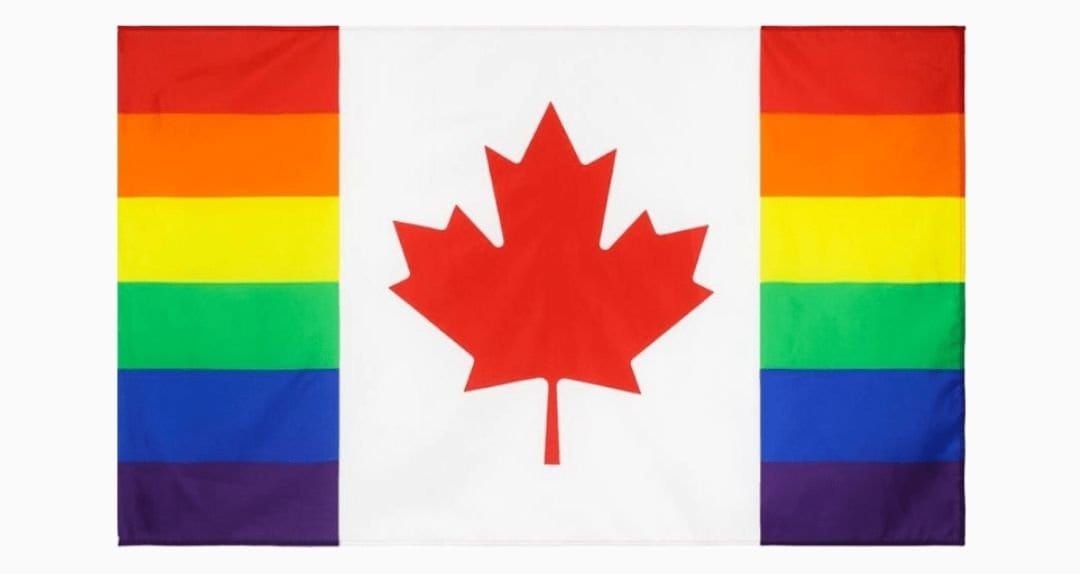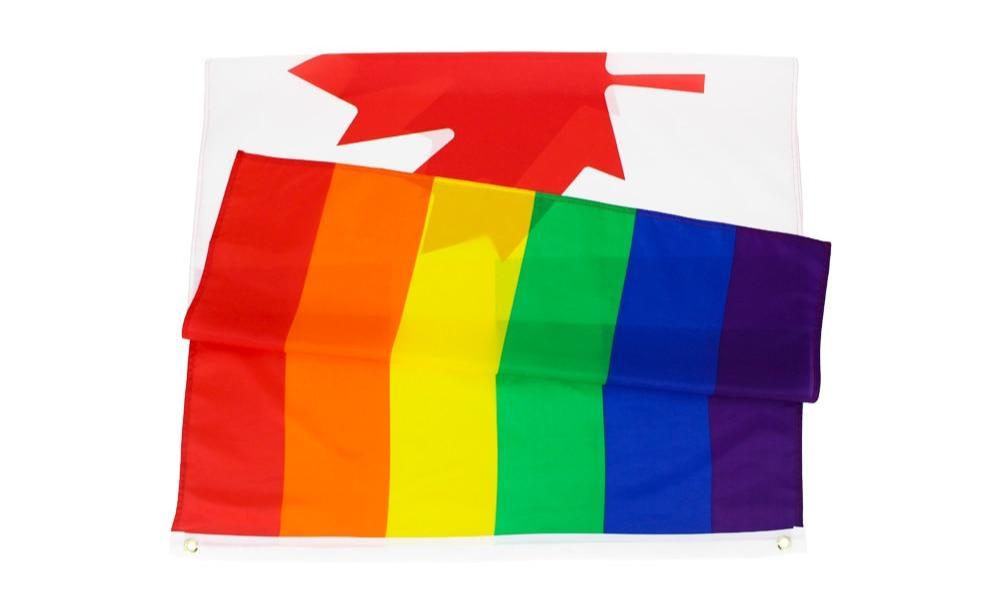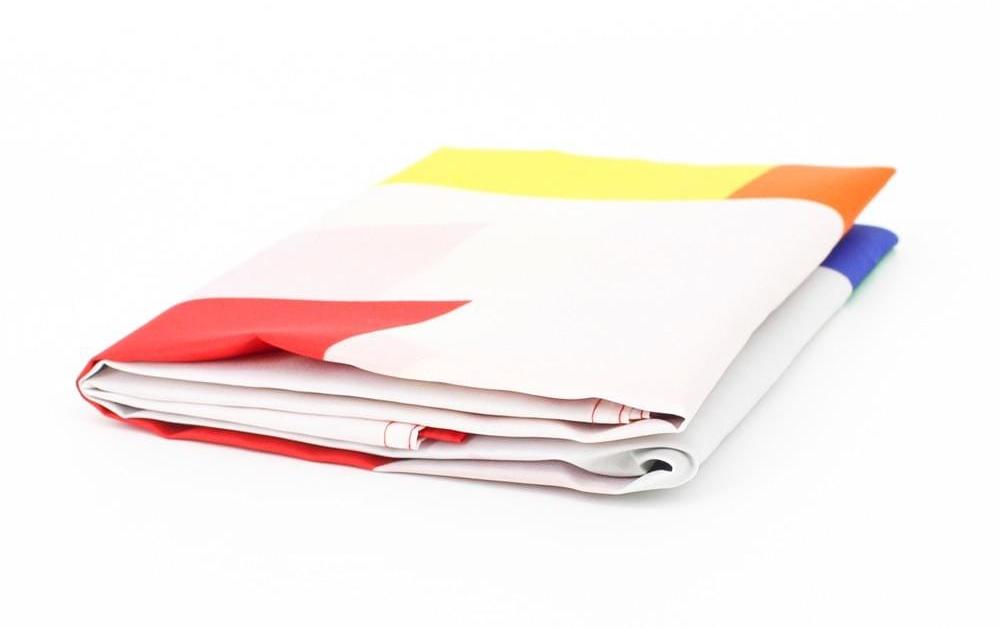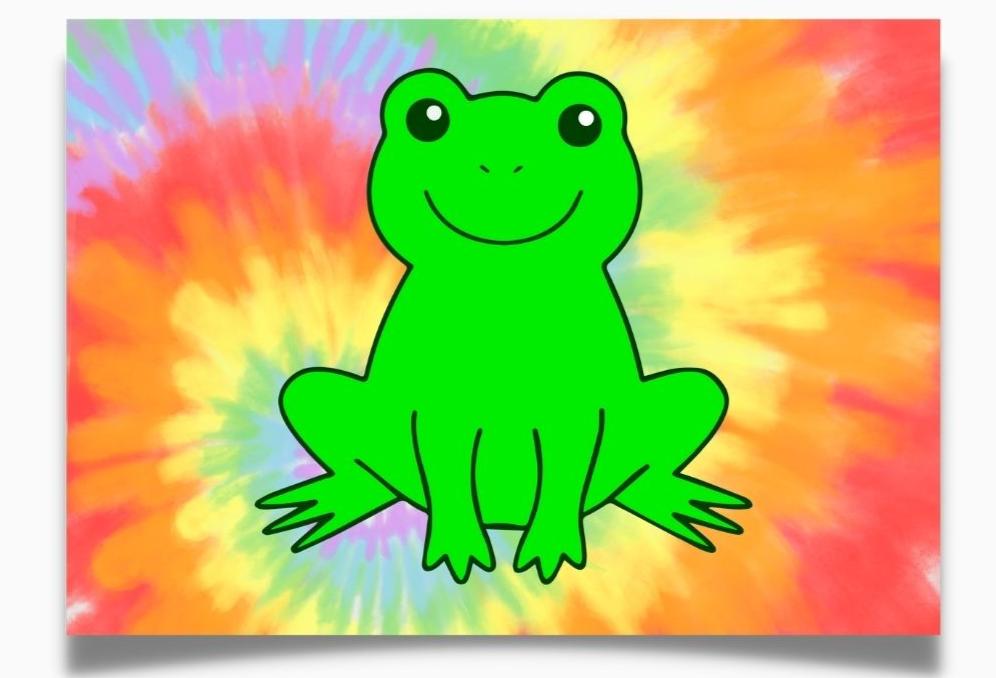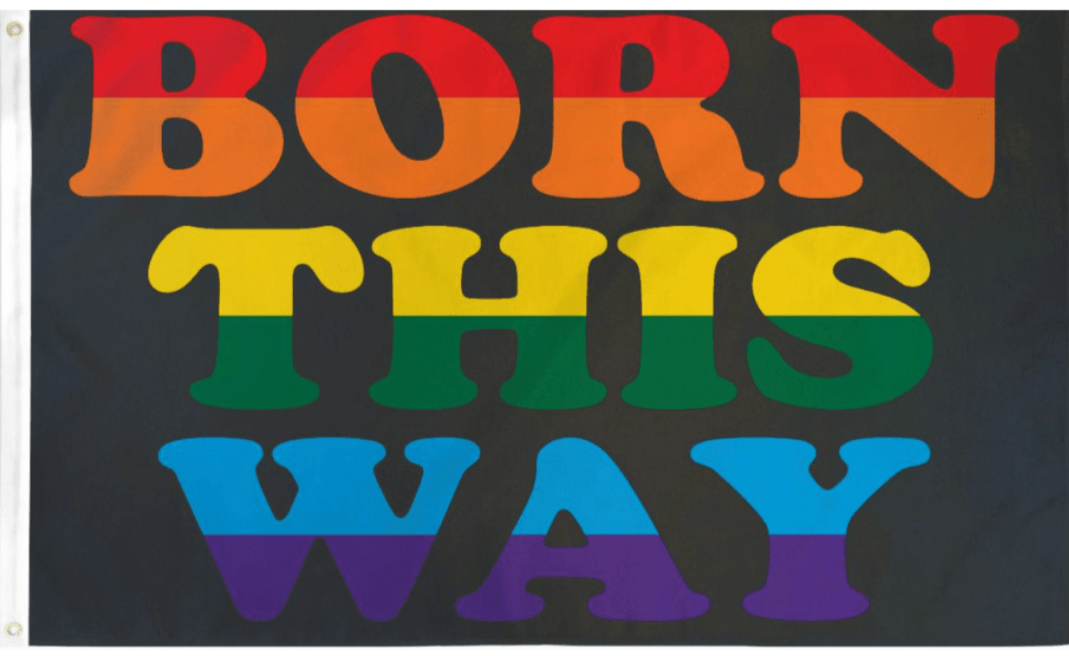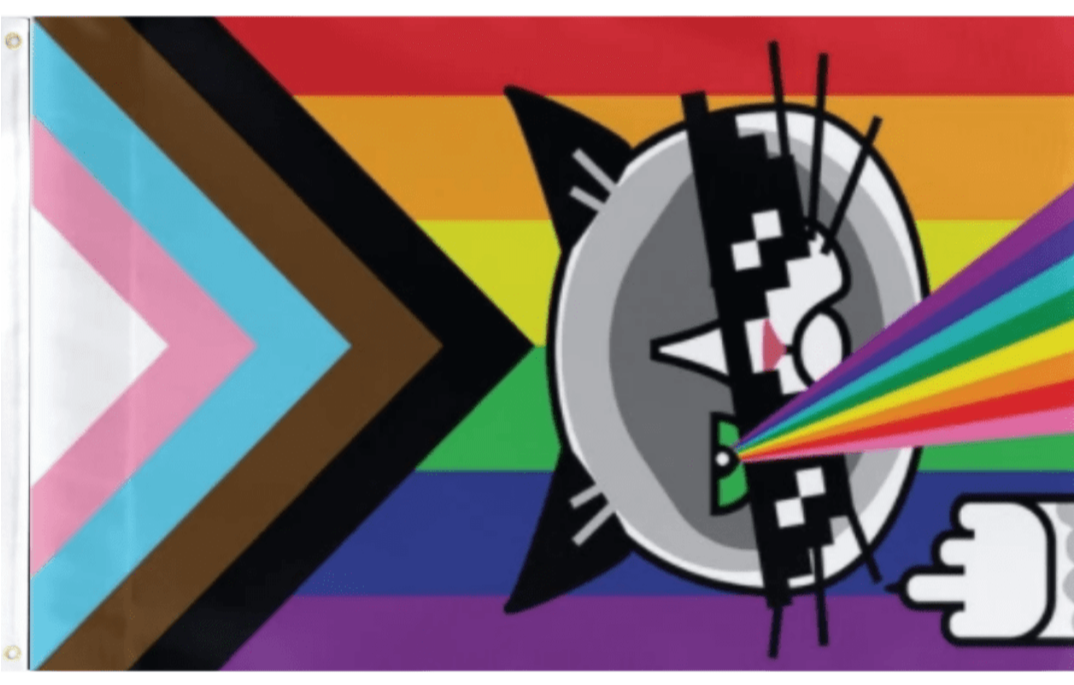More Than Colors & Stripes: Symbols of Identity, Resistance & Community
When we see the rainbow, trans-inclusive, bisexual, asexual, or any queer flag waving, it’s easy to think of it as “just fabric.” But for LGBTQ+ people around the world, these banners carry history, hope, and hard-won victories. They’re living symbols of identity, resilience, and the ongoing struggle for equality.
A Brief History of Pride Flags
The first modern Pride flag, six bold stripes designed by Gilbert Baker in 1978, emerged from a desire to create a visual anthem for the movement. Each color had meaning: red for life, orange for healing, yellow for sunlight, green for nature, blue for harmony, and violet for spirit.
Since then, dozens of flags have been created to represent specific identities and intersections:
- Trans Pride Flag (2010) by Monica Helms: blue, pink & white for trans men, trans women & nonbinary folks.
- Bisexual Pride Flag (1998) by Michael Page: pink, purple & blue for attraction to same & other genders.
- Asexual Pride Flag (2010): black, gray, white & purple for a spectrum of asexual experiences.
- Progress Pride Flag (2018) by Daniel Quasar: adds chevron of black, brown, trans-flag colors & chevrons for inclusion and intersectionality.
Learn about the meanings behind these and more in our guide: 👉 LGBTQ+ Pride Flags: Their Meanings.
Flags as Tools of Visibility & Safety
In hostile environments, whether on campus, at work, or in public, displaying a Pride flag can signal “this is a safe space.” For many trans youth and queer elders, just seeing a flag in a storefront window or community center doorway can be life-affirming. Flags help:
- Build community: Rallying points for meetups, vigils, and celebrations
- Protect: Marking queer-affirming clinics, libraries and support groups
- Educate: Starting conversations about lesser-known identities like pansexual, intersex, or non-binary
Beyond the Pole: Raising Flags Year-Round
Pride flags aren’t seasonal decor. To live queer pride 365 days a year, try:
- Mini-flags in your workspace: A small Progress Pride sticker on your laptop or water bottle
- Social-media headers: Rotate through flags that reflect your intersecting identities
- Flag-making workshops: Gather friends to sew, paint or upcycle fabrics together
- Wearable flags: Pins, bandanas or jewelry that honor multiple stripes
For inspiration on how Pride is more than a month, see: 👉 Queer Pride, Not Just in June.
Flags as Acts of Resistance
Every time a community unfurls its flag in the face of discrimination, it’s an act of protest. From city hall balconies to remote mountain summits, raising the Trans Pride flag has spotlighted legislative battles over bathroom access and healthcare. The Progress Pride Flag’s black and brown stripes demand attention to racial justice within our movement.
Flags remind us that visibility is never “just symbolic”, it’s a declaration we will not be erased. To explore how joy and protest intertwine, read: 👉 Queer Joy Is Revolutionary.
How to Honor and Elevate All Flags
- Learn & Acknowledge: Take time to understand each stripe’s origin and meaning.
- Include & Intersect: When displaying flags, position Progress Pride or multiple flags to highlight trans and BIPOC inclusion.
- Share Stories: Feature flag designers’ voices in your newsletters or social feeds.
- Support Flag Makers: Purchase from LGBTQ+-owned artisans and small businesses.
Queer flags are woven from threads of history, struggle, joy, and love. They’re not mere symbols, they’re beacons of hope, tools of resistance, and emblems of the beautifully diverse tapestry of LGBTQ+ life. The next time you see a flag flying, remember: it’s a promise that we belong, we persist, and we will continue to raise our voices, stripe by stripe.


